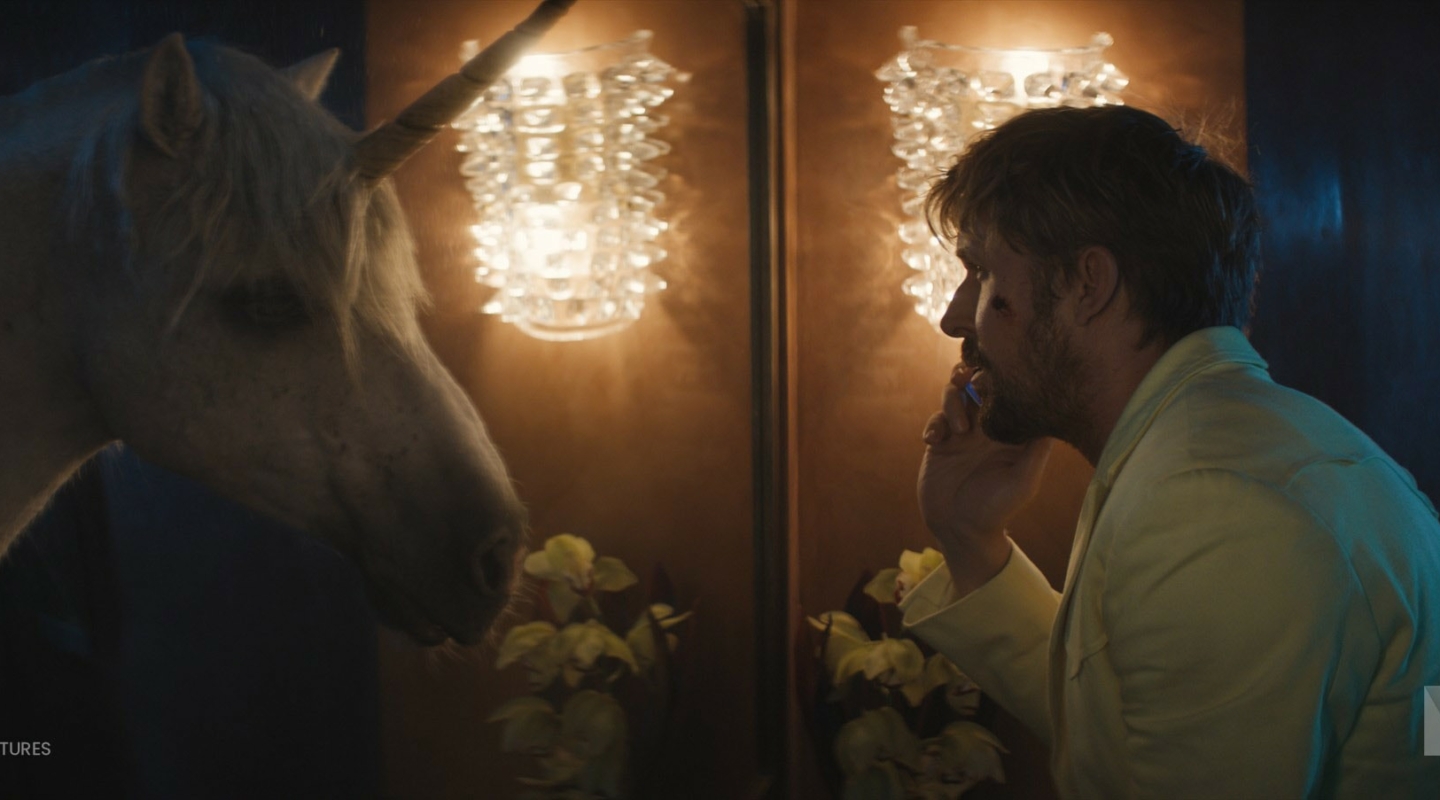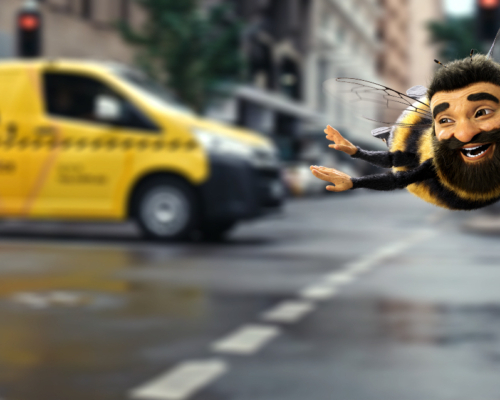THE FALL GUY
Rising Sun Pictures Jumps Head First into the Non-Stop Action of “The Fall Guy”
Rising Sun Pictures contributed its wizardry to The Fall Guy, the hit action comedy from Universal Pictures and Director David Leitch. With a team of more than 150 artists, producers and machine learning specialists, RSP delivered nearly 300 visual effects shots, many incorporated into the film’s spectacular climax, a 10-plus minute nail biter of stunts, car crashes, explosions, helicopter drops and other mind-blowing mayhem.
PLAY
REEL
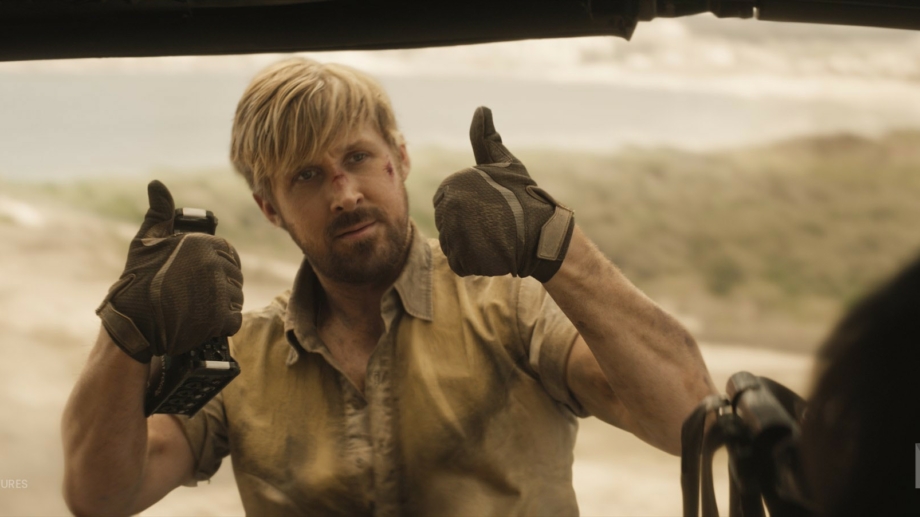
June 2024 - Leitch’s love letter to action movies and the hard-working, under-appreciated crew who make them, The Fall Guy stars Ryan Gosling as Colt Seavers, a veteran stuntman who searches for a missing movie star while trying to revive his career and win back the love of his life. The film also stars Emily Blunt, Winston Duke, Aaron Taylor-Johnson, Hannah Waddingham and Stephanie Hsu. It is produced by Kelly McCormick, David Leitch, Ryan Gosling and Guymon Casady; and executive produced by Drew Pearce, Geoff Shaevitz and Glen A. Larson. Matt Sloan is production VFX Supervisor and Chris McClintock is production VFX Producer.
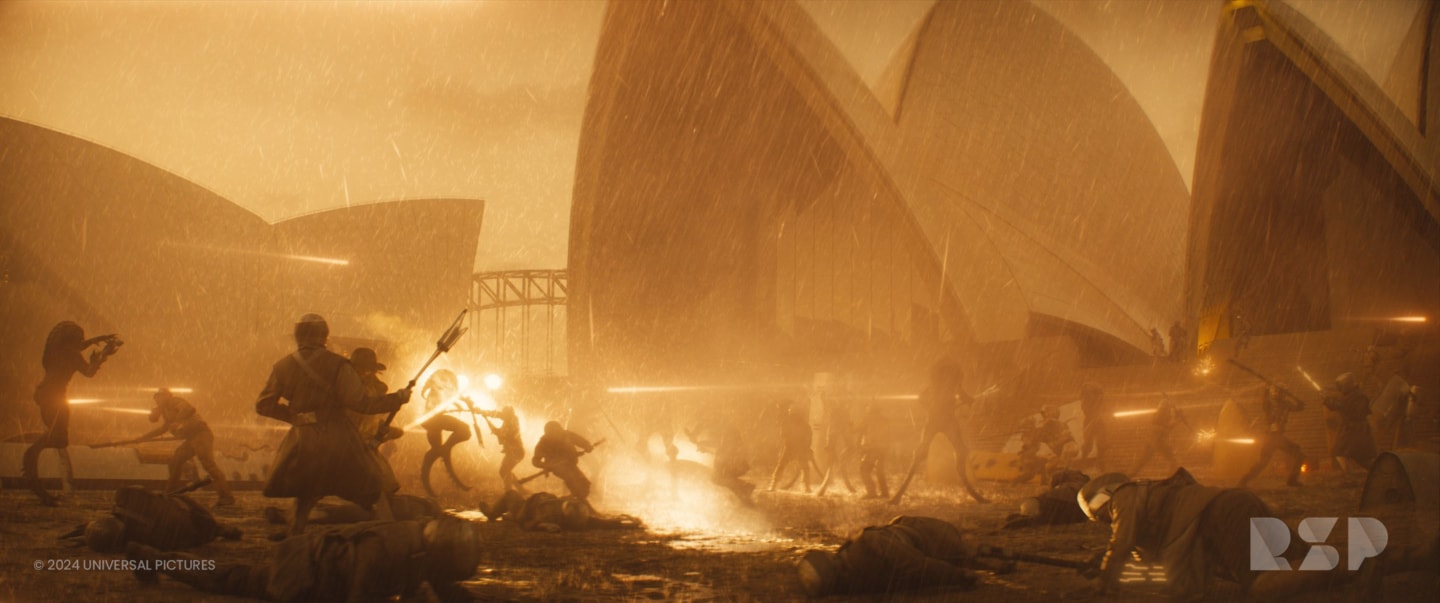
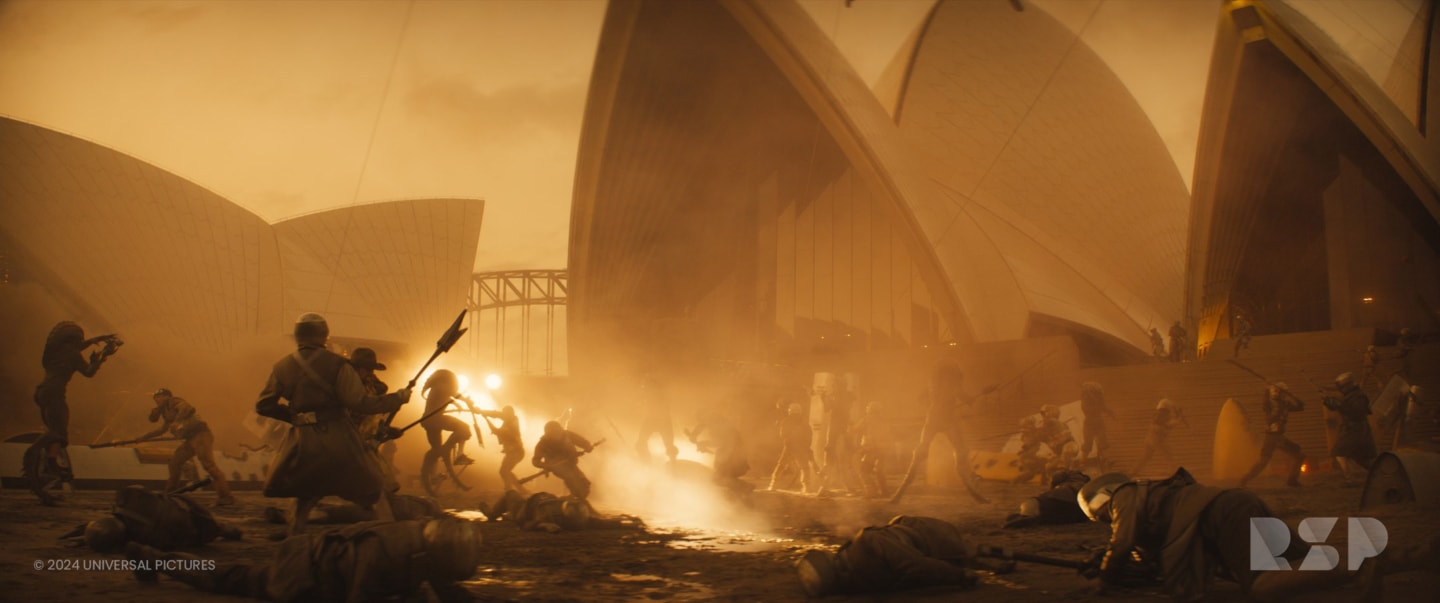
Nearly all the film’s jaw-dropping stunts were executed practically by Leitch, a former stuntman himself, and his production team. Digital visual effects, such as those produced by RSP, were mainly used to support practical visuals with environmental, background and technical elements.
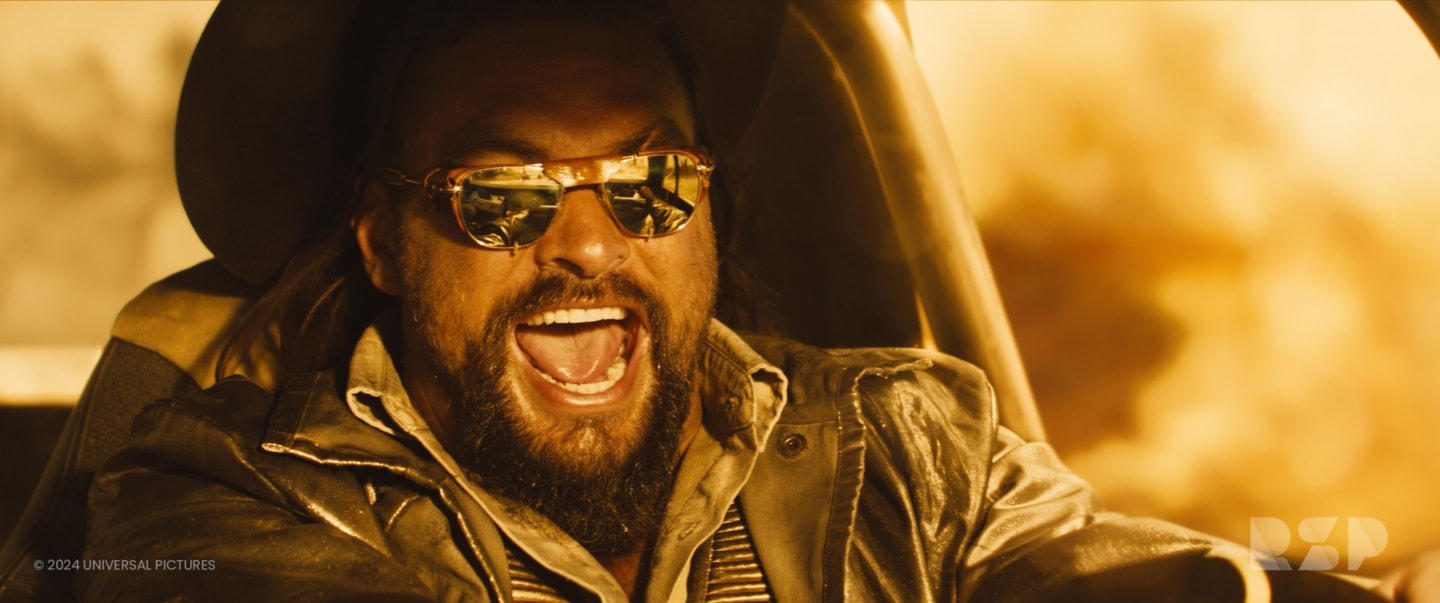
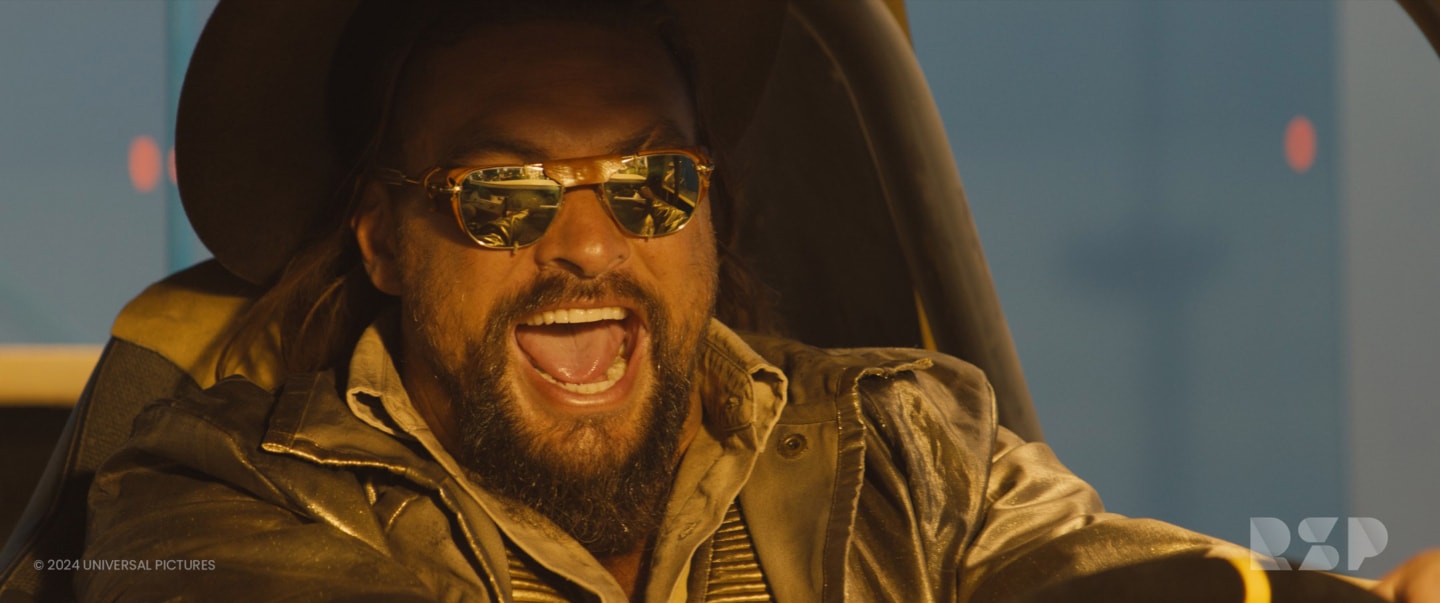
“This film is grounded in truth, that’s what made it so much fun! Our role was to enhance what was captured in camera and make integration seamless.” RSP VFX Supervisor, Matt Greig.
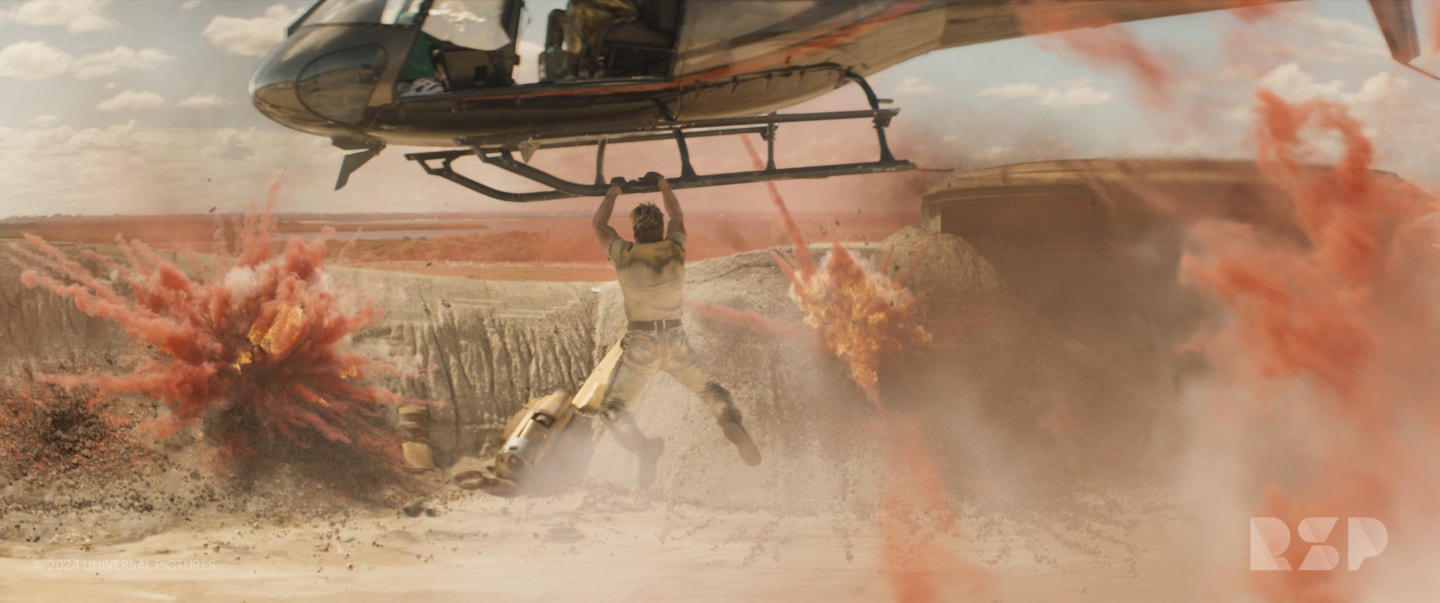
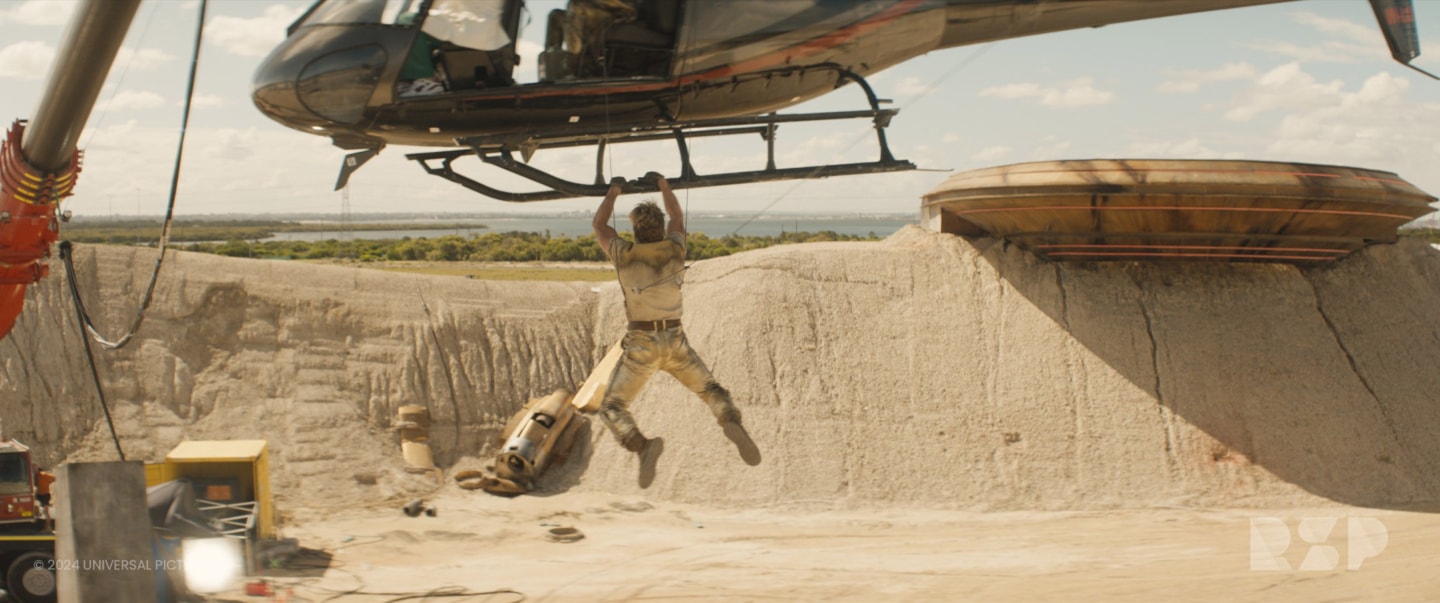
The film’s extended concluding sequence occurs on the edge of an enormous quarry outside Sydney, Australia. Amid an escalating sequence of crashes, rollovers and blasts, Colt tries desperately to foil a criminal conspiracy, block the escape of missing actor Tom Ryder (Taylor-Johnson) and recover a recording essential to clearing his name. “The bulk of our work involved that final chase,” notes Greig.
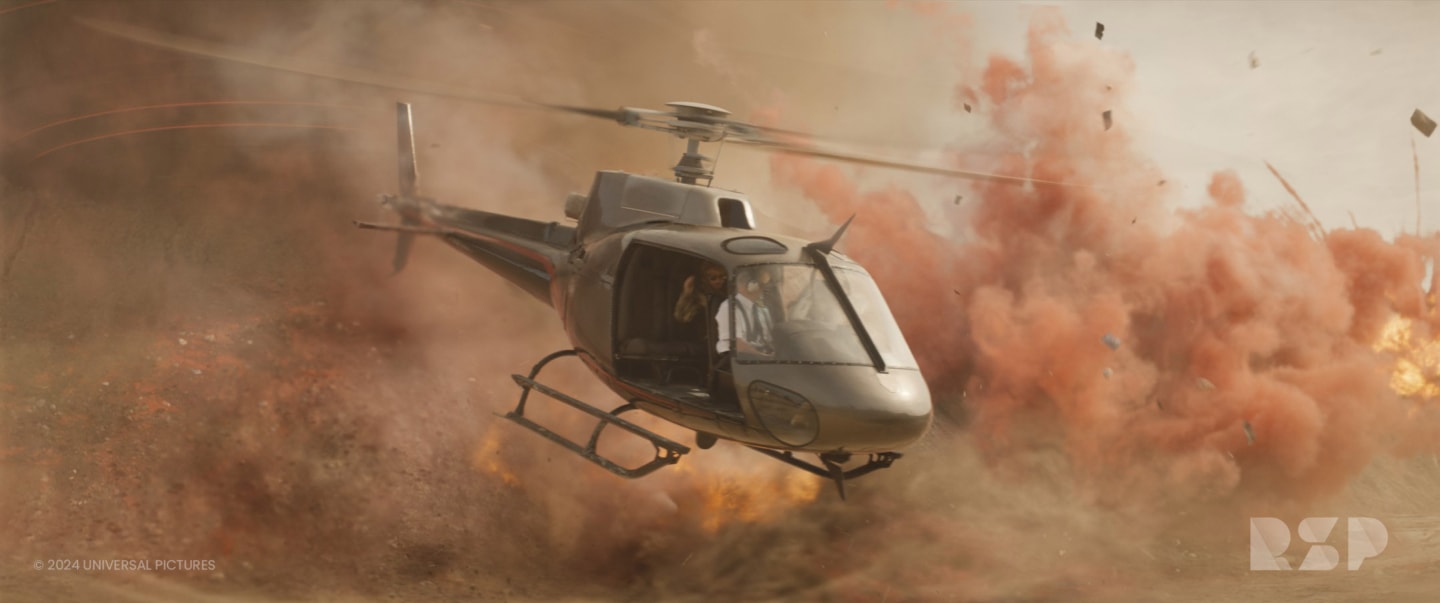
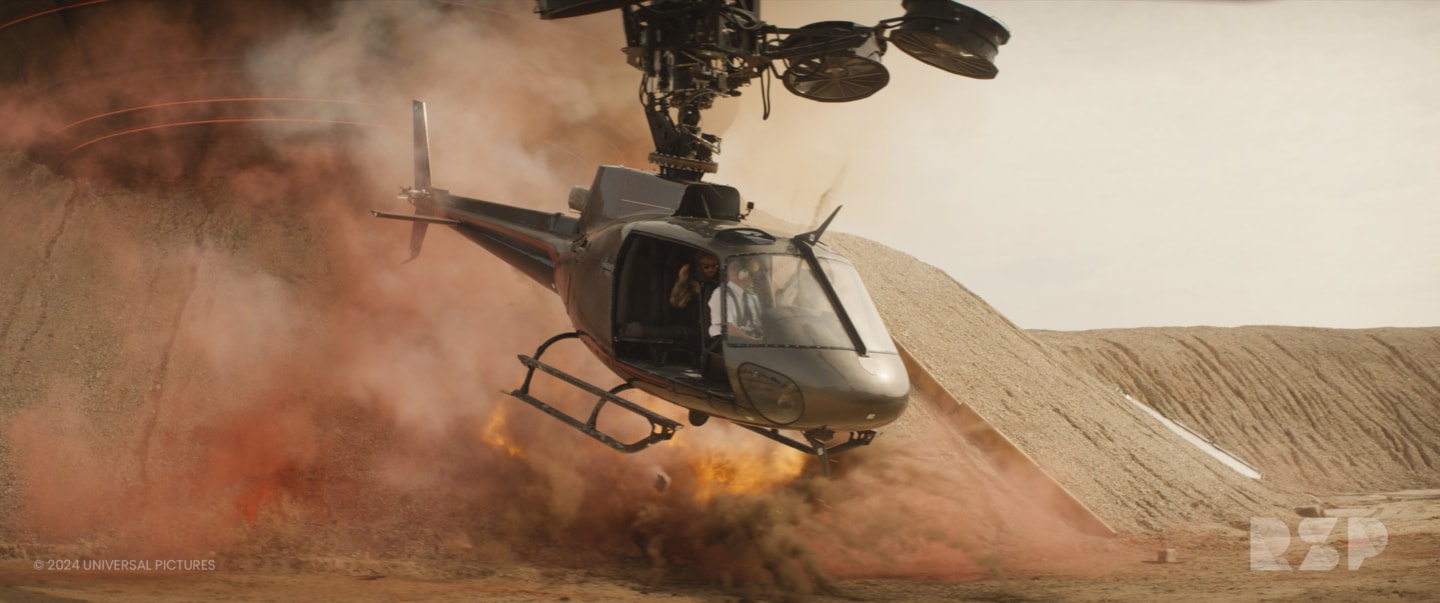
“It is an incredibly complex scene, but every moment was precisely choreographed and perfectly executed by the production, so we were able to focus on realism, continuity and hitting the beats in the story.” RSP VFX Supervisor, Matt Greig.
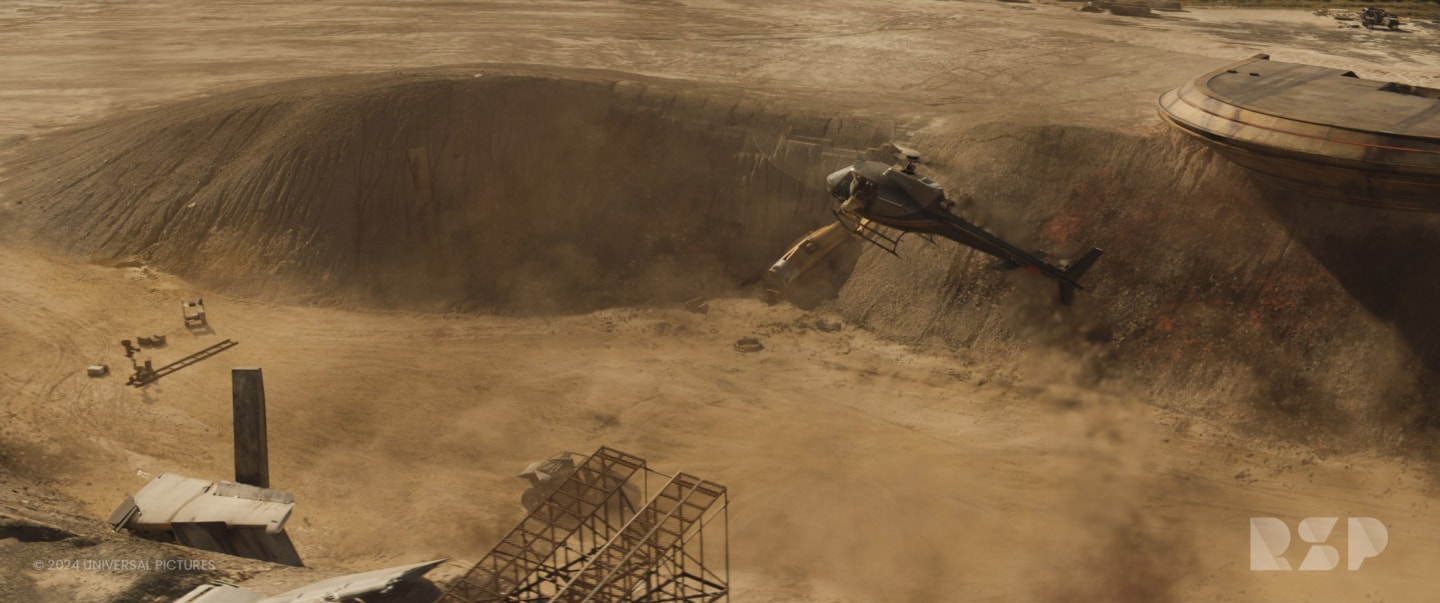
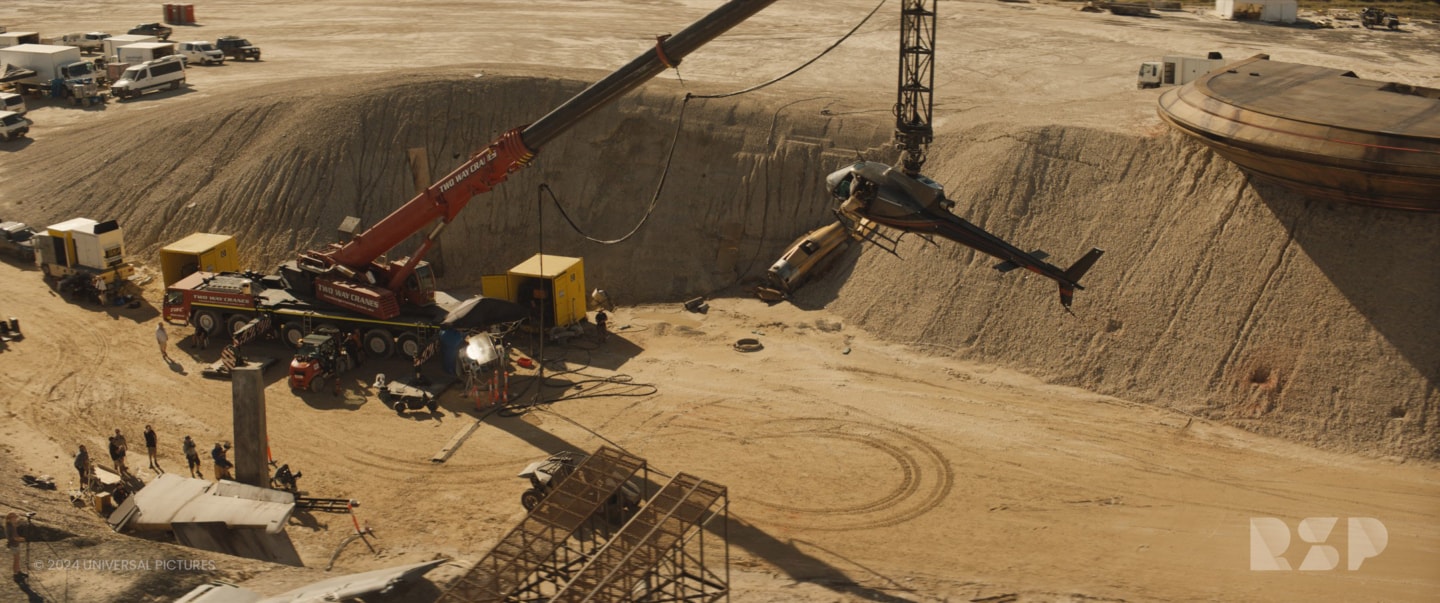
RSP augmented practical stunts with smoke, flames, sand, dust and debris. “There were huge explosions in the plate, but some were filmed on windy days and didn’t fully translate to the screen,” explains FX Supervisor Thomas Cant. “We had access to the production plates allowing us to study the real explosions in the real environment and real light. That helped us create elements that matched perfectly with what was shot practically.
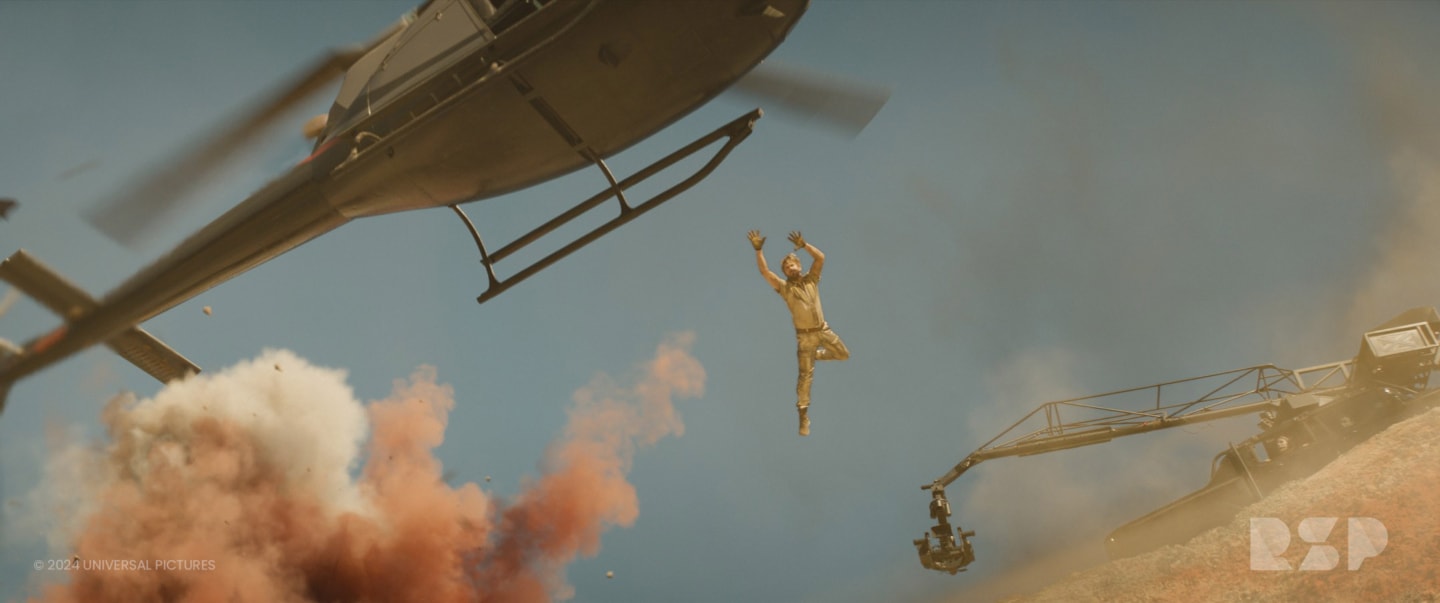
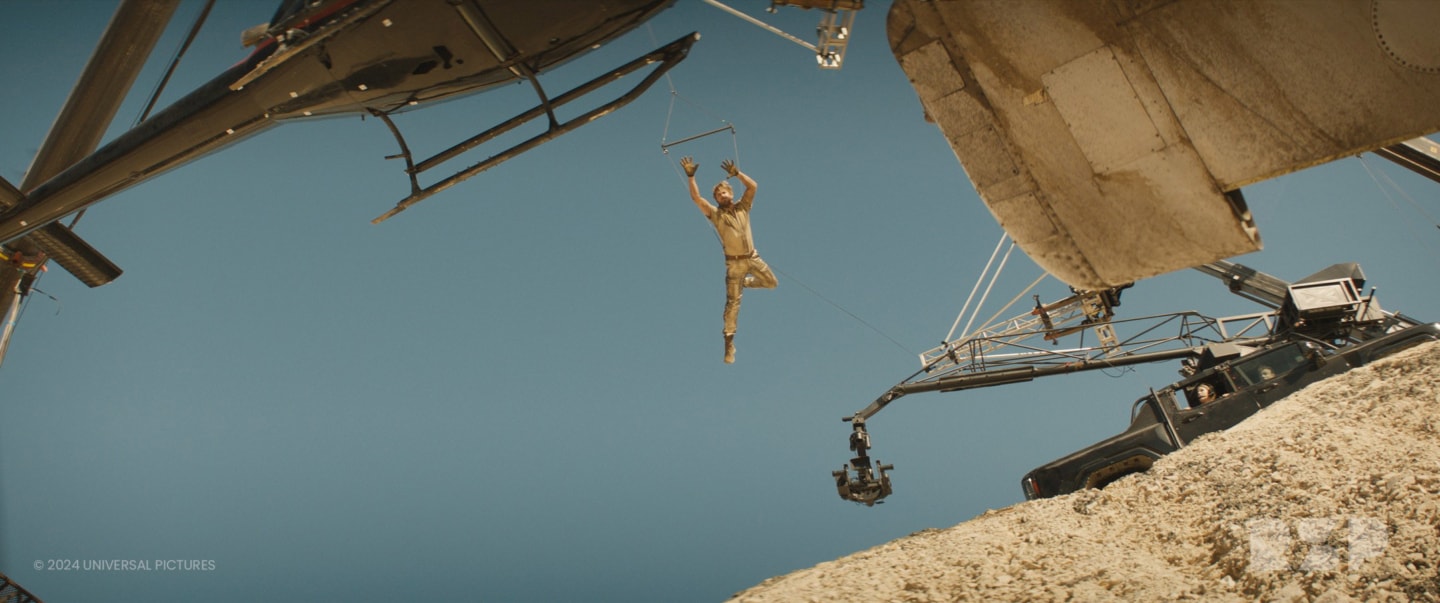
“When we received notes from production that mistook in-camera elements for visual effects, we knew we’d done our job.” RSP FX Supervisor, Thomas Cant.
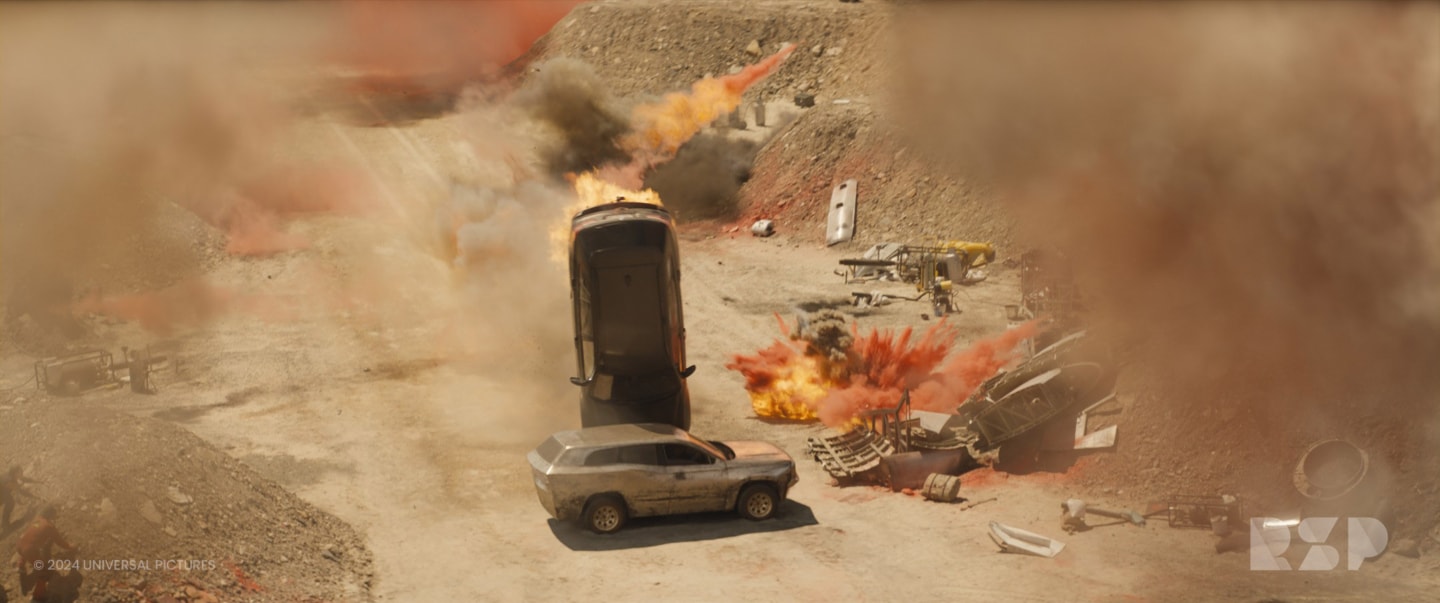
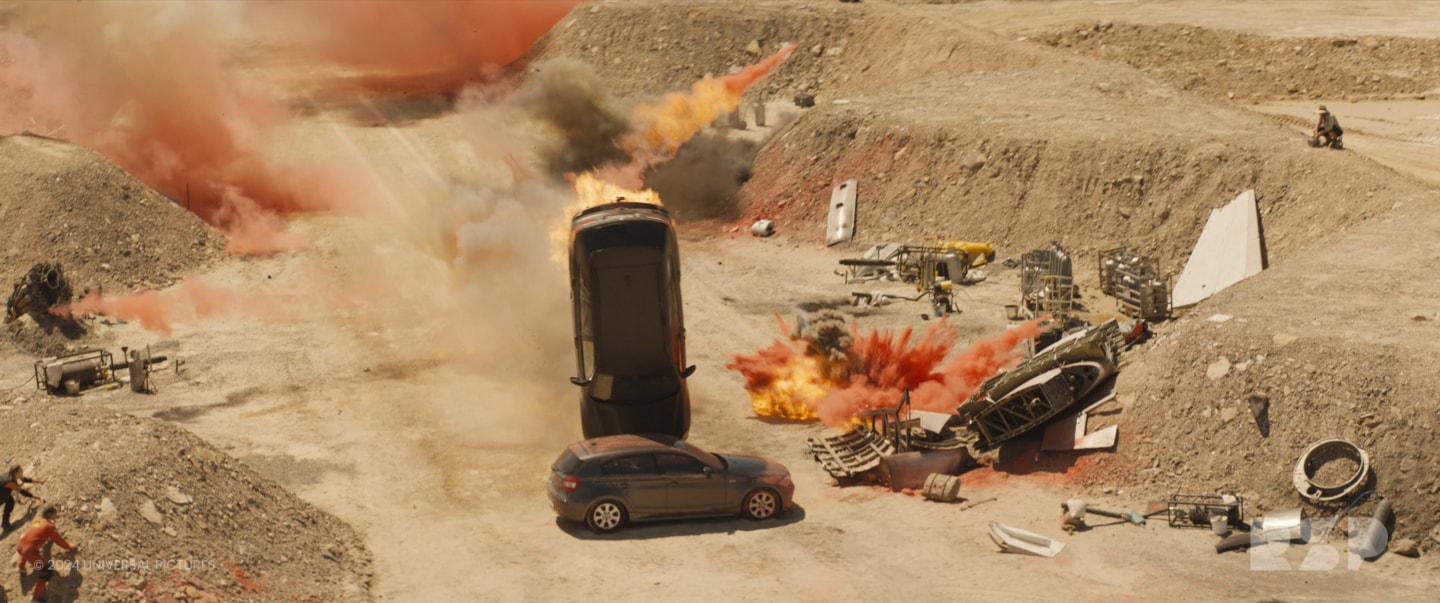
Digital pyrotechnics were also used to achieve continuity in a long narrative that had many edits and unfolds at breakneck speed. “A short sequence where multiple cars flip over were shot over several hours,” Greig explains. “A lot can change in that time in terms of how much dust and smoke is floating over a wreaked car. Our role was to add or subtract particulate matter to make the atmospherics consistent from shot to shot.”
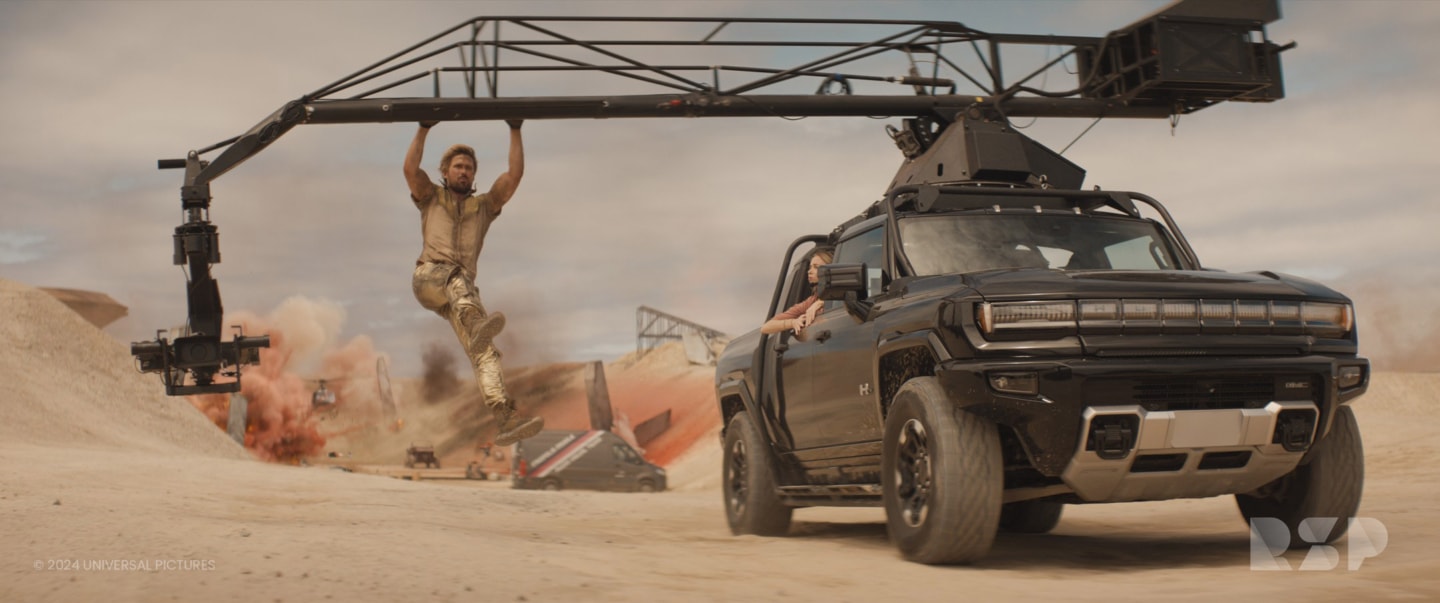
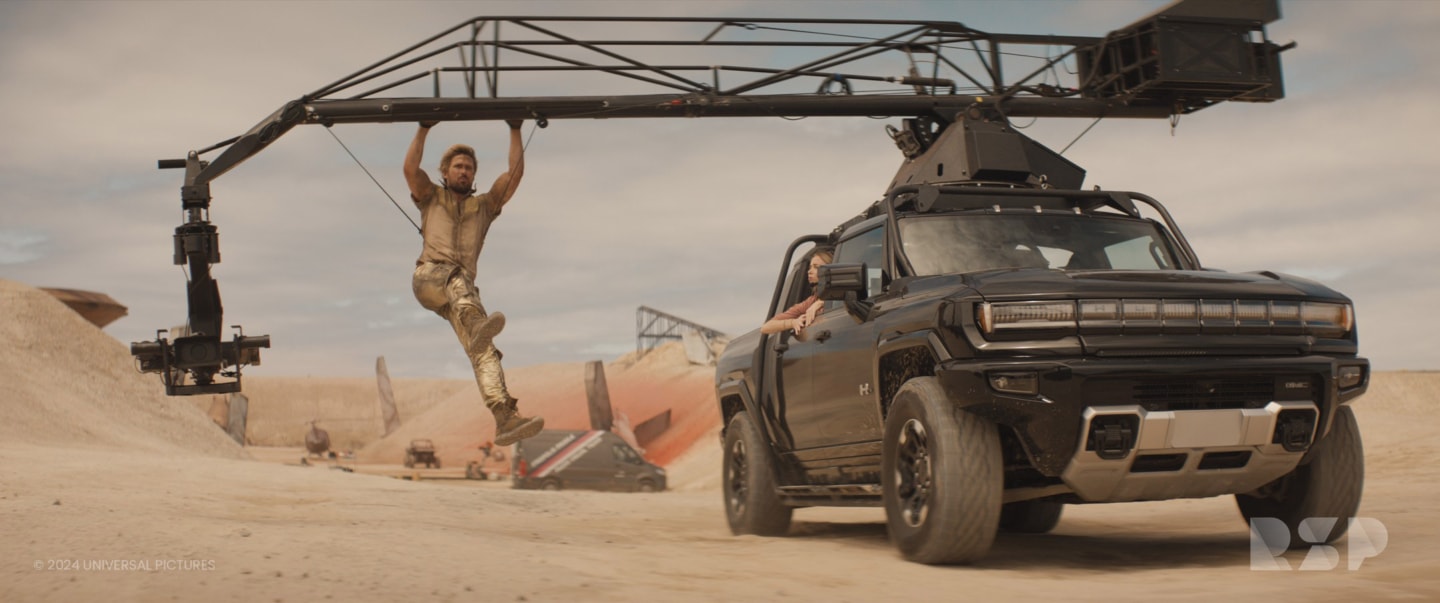
As is typical, the compositing team had to do a lot of routine clean up, removing power lines and other unwanted objects from exteriors, but for this film, certain things normally taken out of shots were instead left in, enhanced or added. “The plot involves a movie-within-a-movie, so we were dealing with both a real set and a fictional set,” explains Compositing Supervisor Phil Outen. “We had to be very careful to distinguish between rigs and camera equipment that had to be removed and similar gear that was part of the story.”
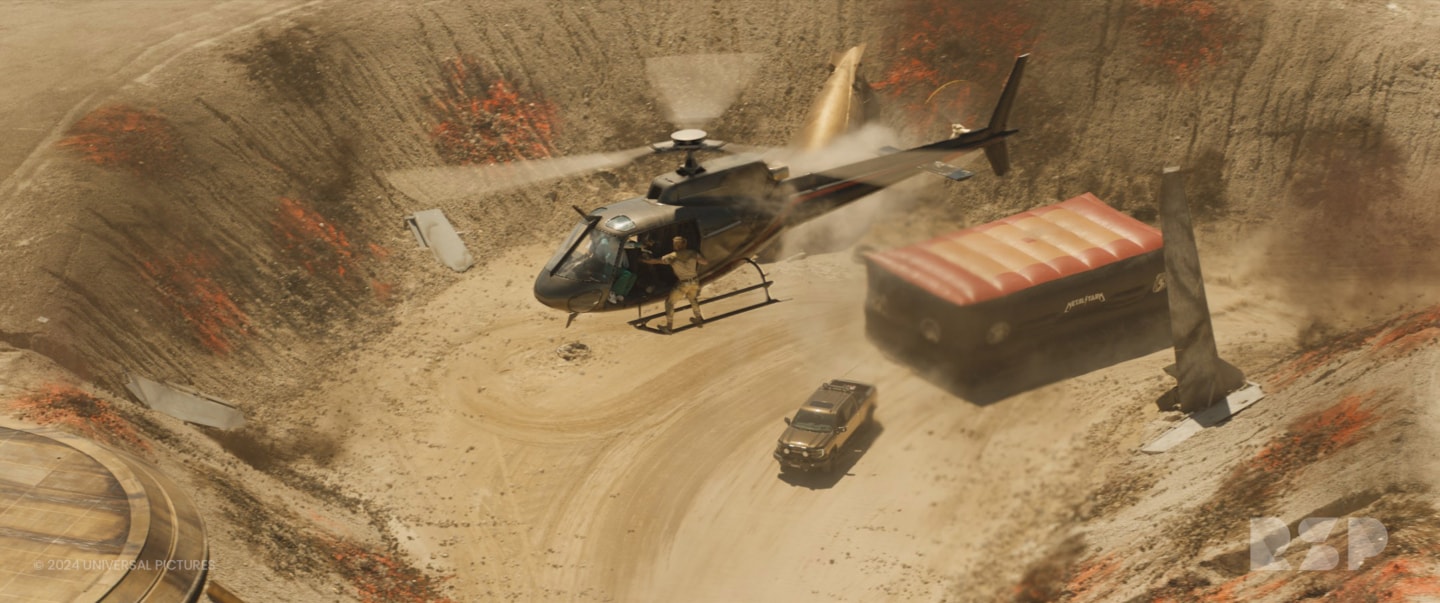
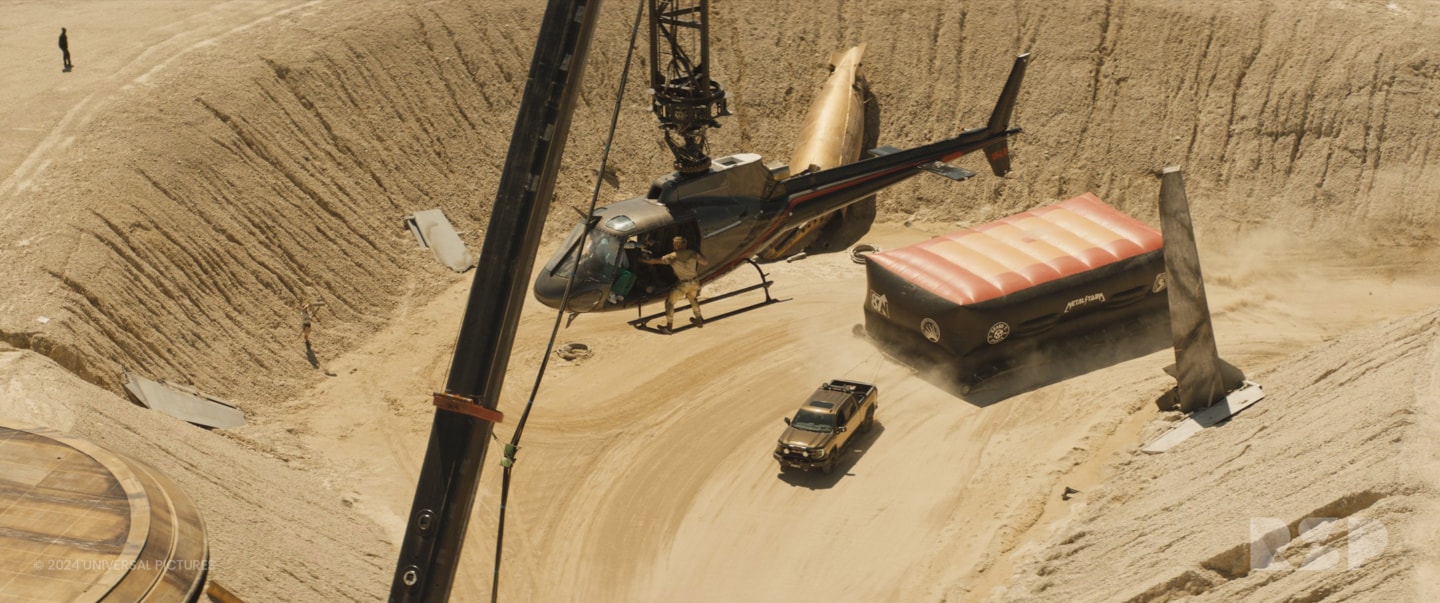
RSP’s CG department pitched in by creating a 360 degree replica of the quarry environment as well as photoreal models of stunt cars and helicopters. Both were used discreetly in partial replacements and transitions. “The production supplied us with very high-resolution scans of the actual vehicles used on set,” notes Greig. “We had wonderful textures of the cars, outside and inside. We were able to build high fidelity models that could be transparently substituted for real cars whenever they were needed. That was fantastic.”
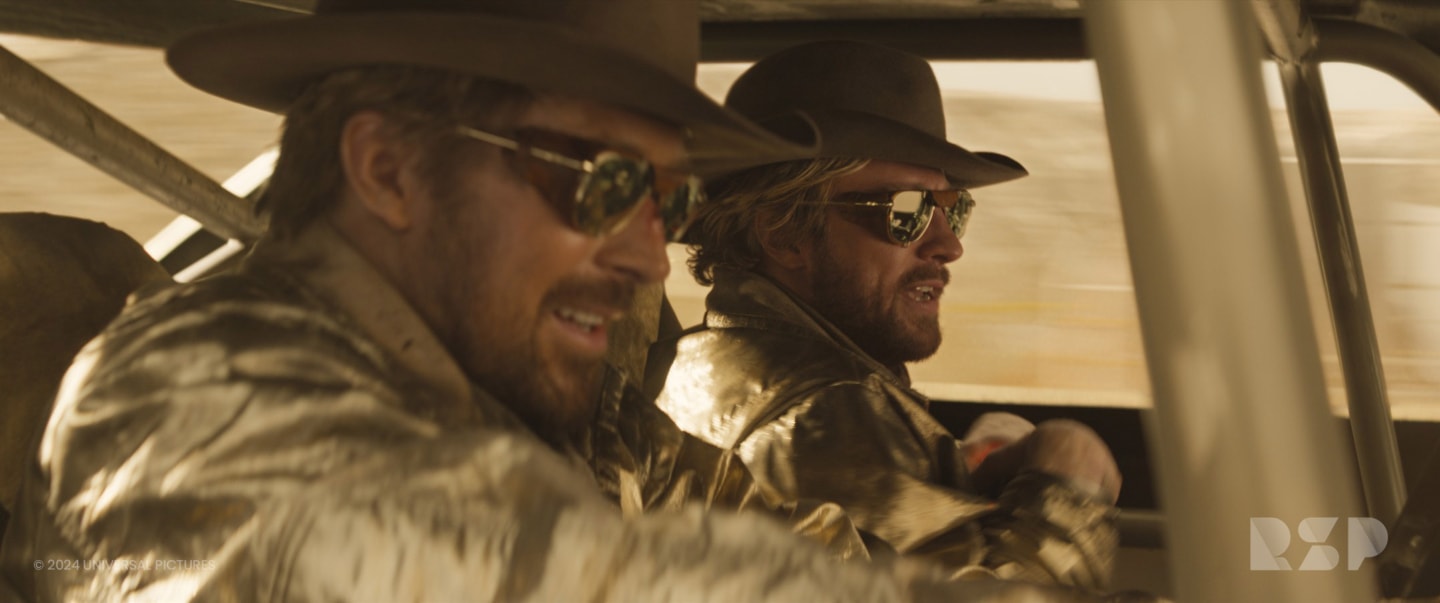
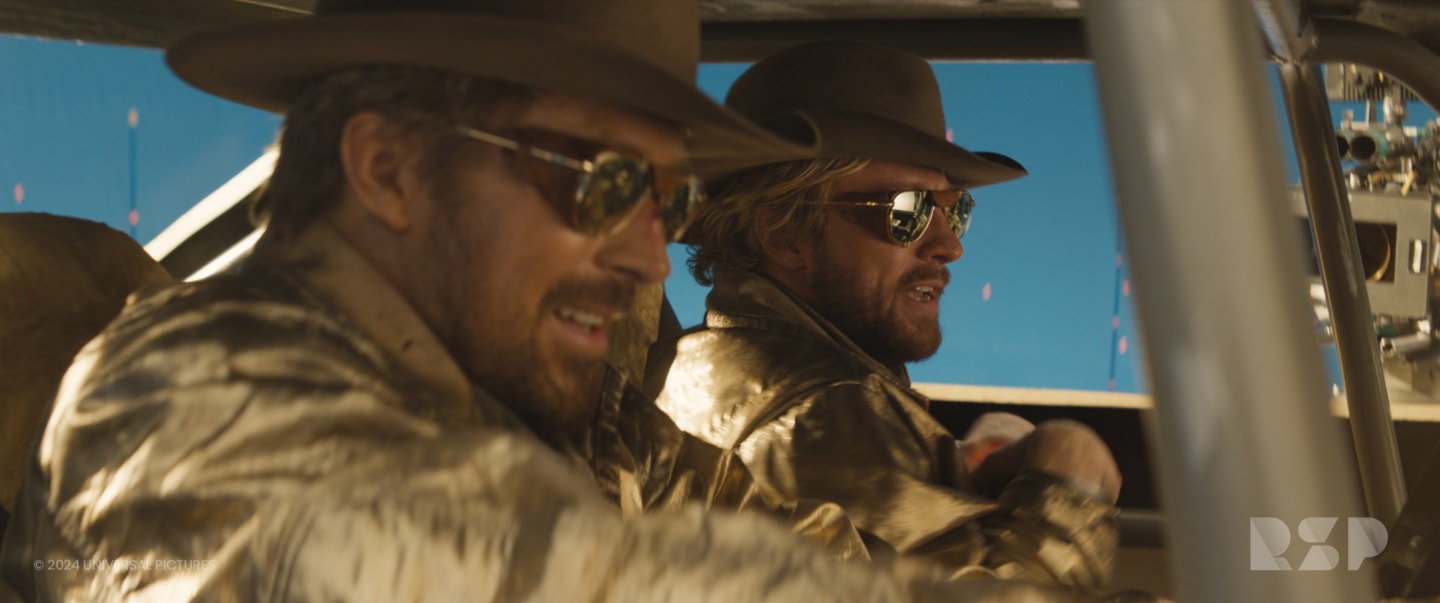
The CG quarry environment was used in close ups inserted into stunt action. Foreground live action was captured on a blue screen stage with actors in cars attached to large gimbals that simulated motion. Compositors added the quarry background and coordinated it with the movement of the car. “The tricky part was ensuring the background matched the precise location of the car as it raced around the quarry,” Outen explains. “The edit was still evolving so, whenever the cut changed, the background had to be adjusted.”
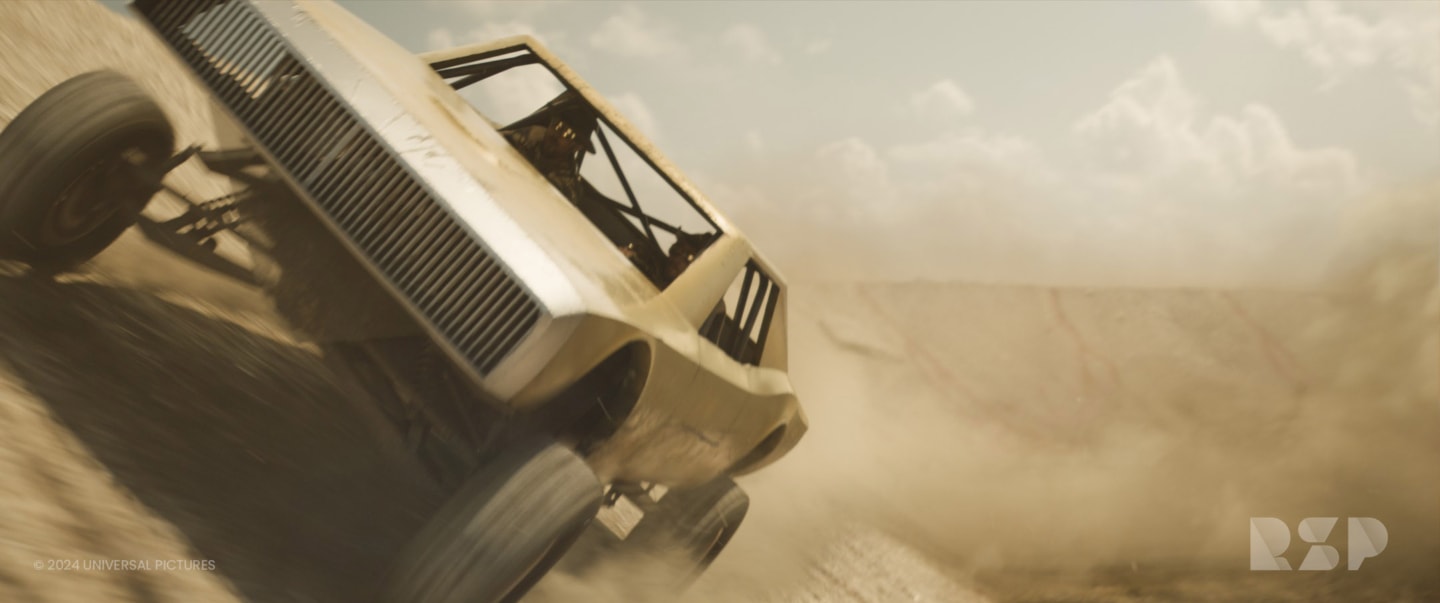
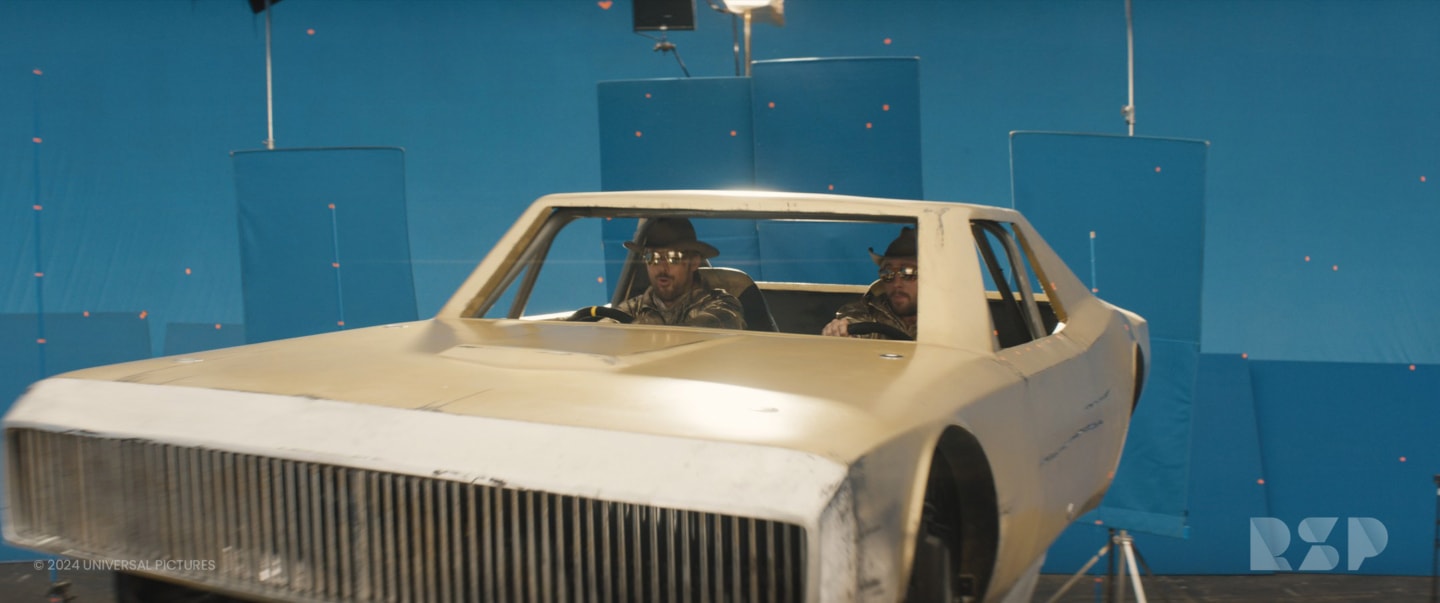
Keeping everything lined up correctly involved tight coordination between the production, picture editors and RSP. “They trusted us to work out the timing,” recalls Greig. “David Leitch, Matt Sloan, Chris McClintock were very clear about what they wanted in each shot, so there was no guesswork. Our mood was, ‘Let’s go for it!’”
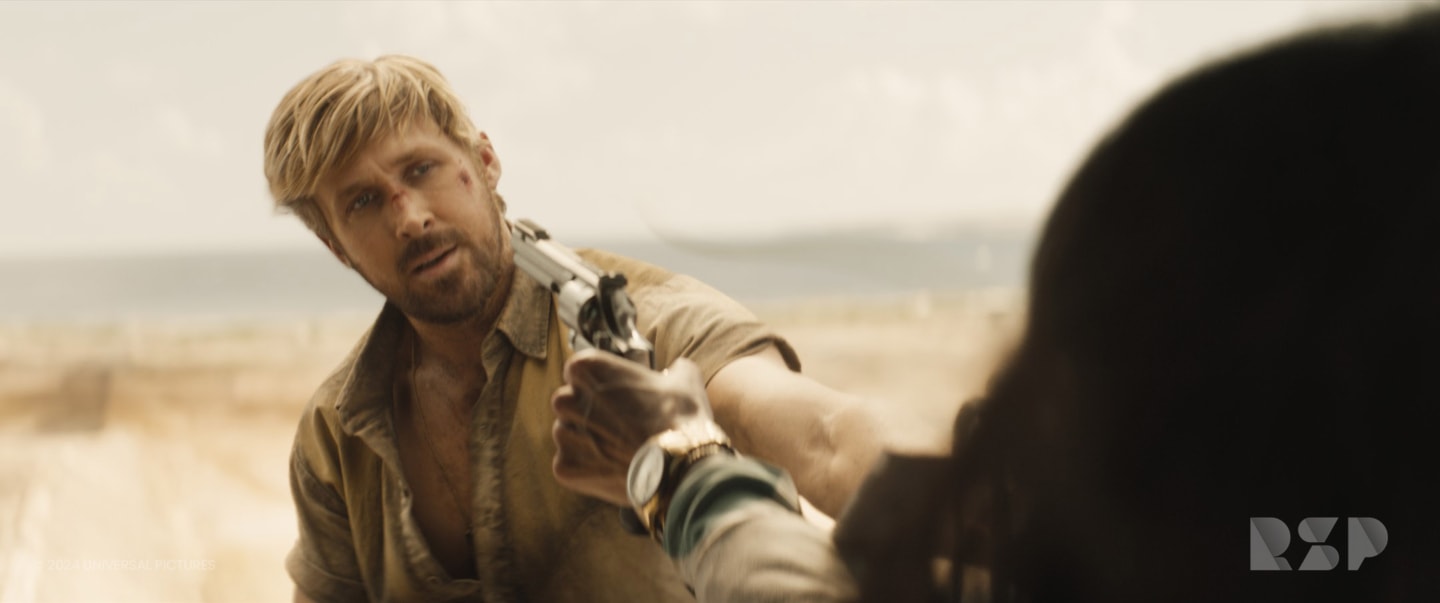
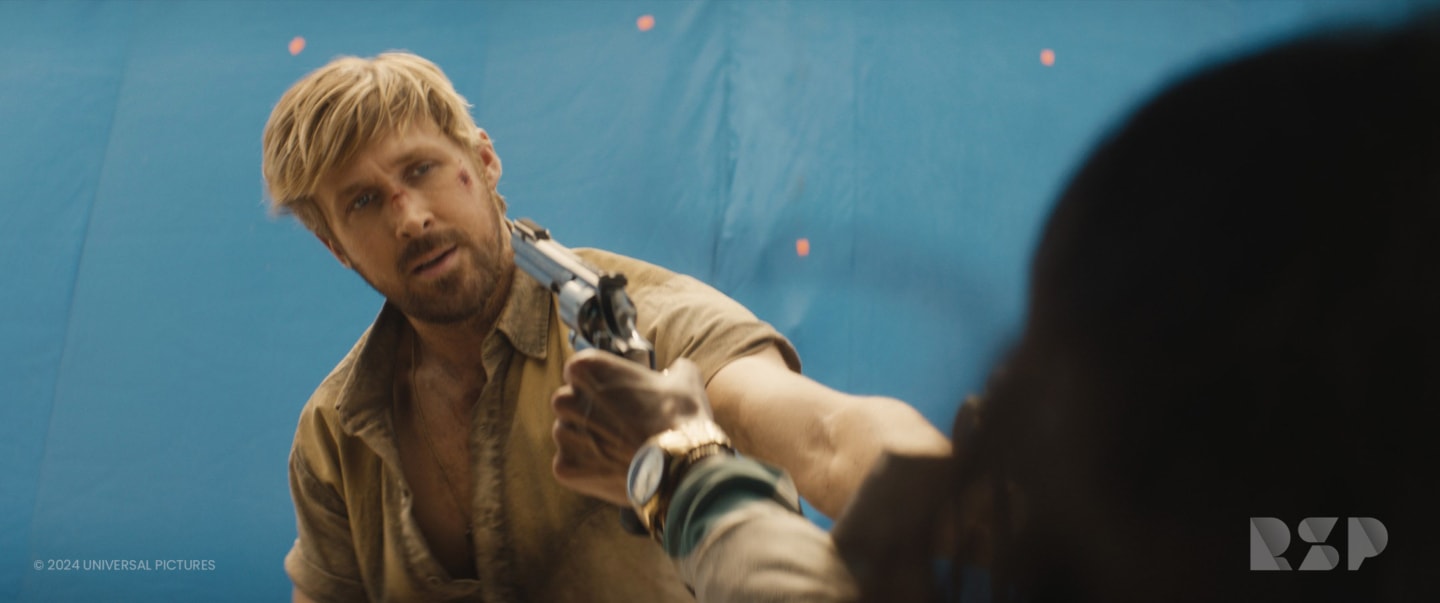
The CG helicopter was used in a shot near the end of the sequence where Colt jumps from the crane of a moving camera car to the flying helicopter. Colt’s leap was real, but the helicopter was suspended from a crane and not actually flying. Artists removed the crane and added spinning blades to the chopper.
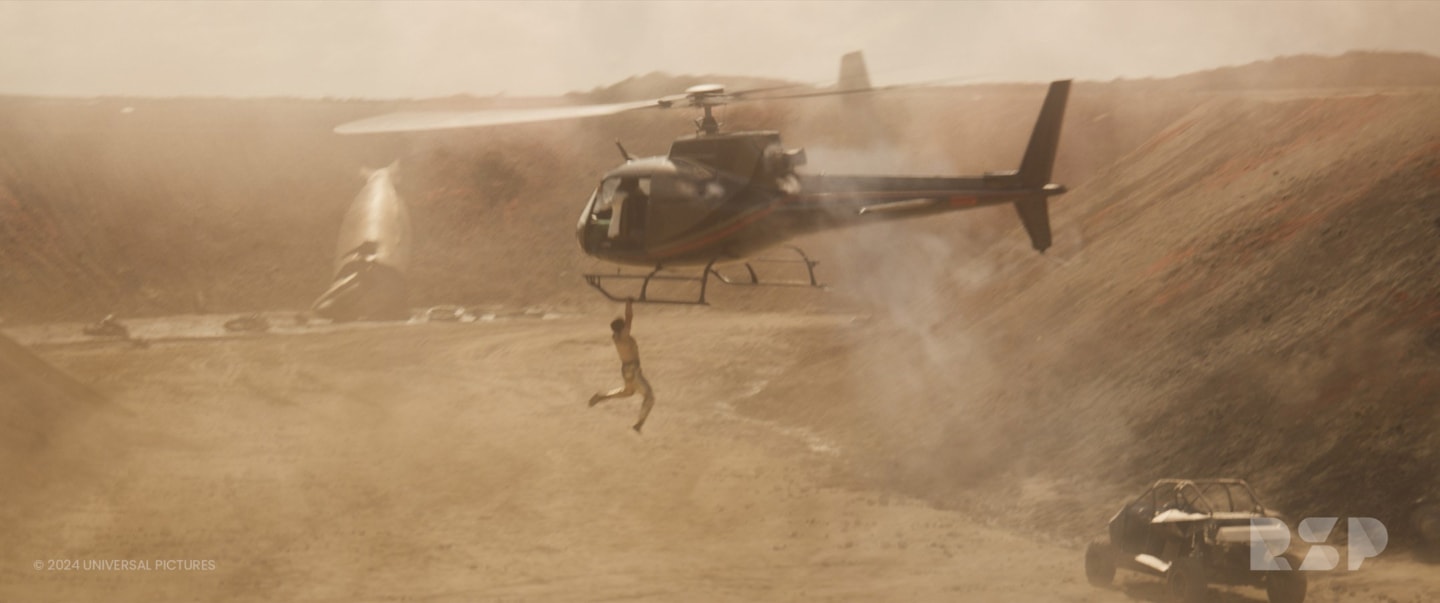
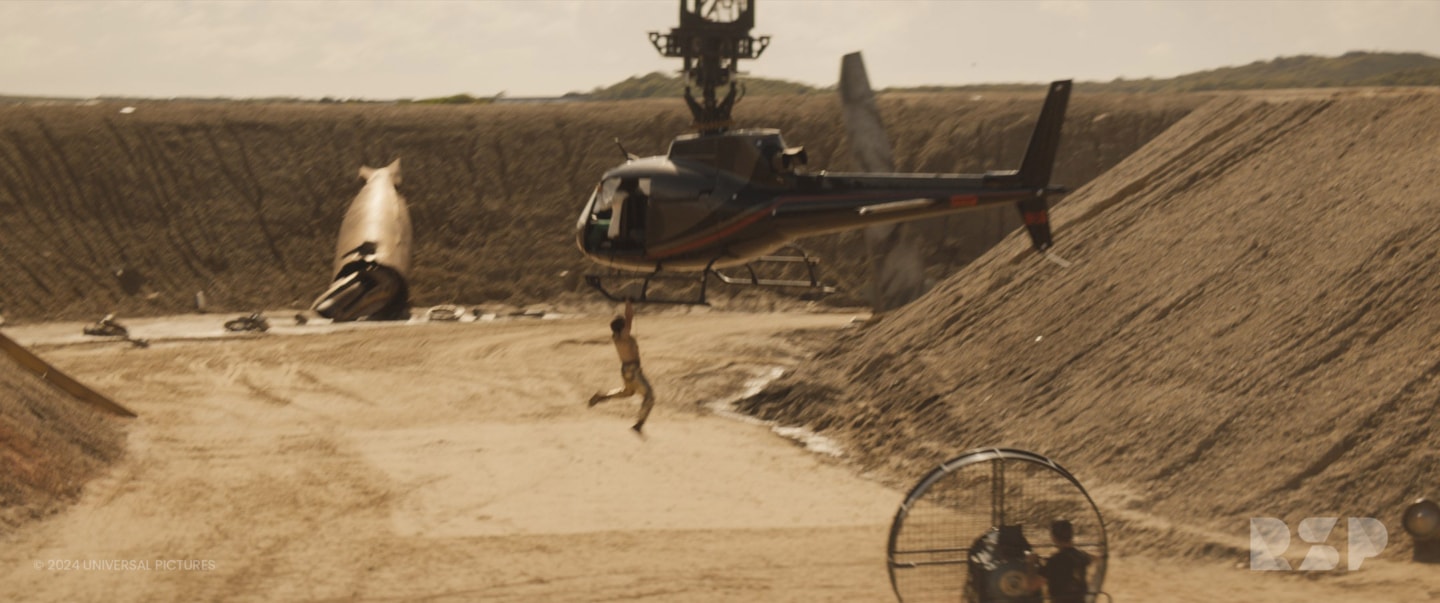
VFX Producer Rachel Copp notes that the team had a kind of “dress rehearsal" for that difficult shot. Early in the project, the production team asked RSP to produce a temp version for a preview screening. Artists jumped on it and over a weekend, produced rotating blades that looked convincingly real. “That success generated a lot of trust and set the tone for everything that followed,” Copp recalls. “We were able to talk openly and freely about everything that came up. It brought us closer to the production and you can see it in the results.”
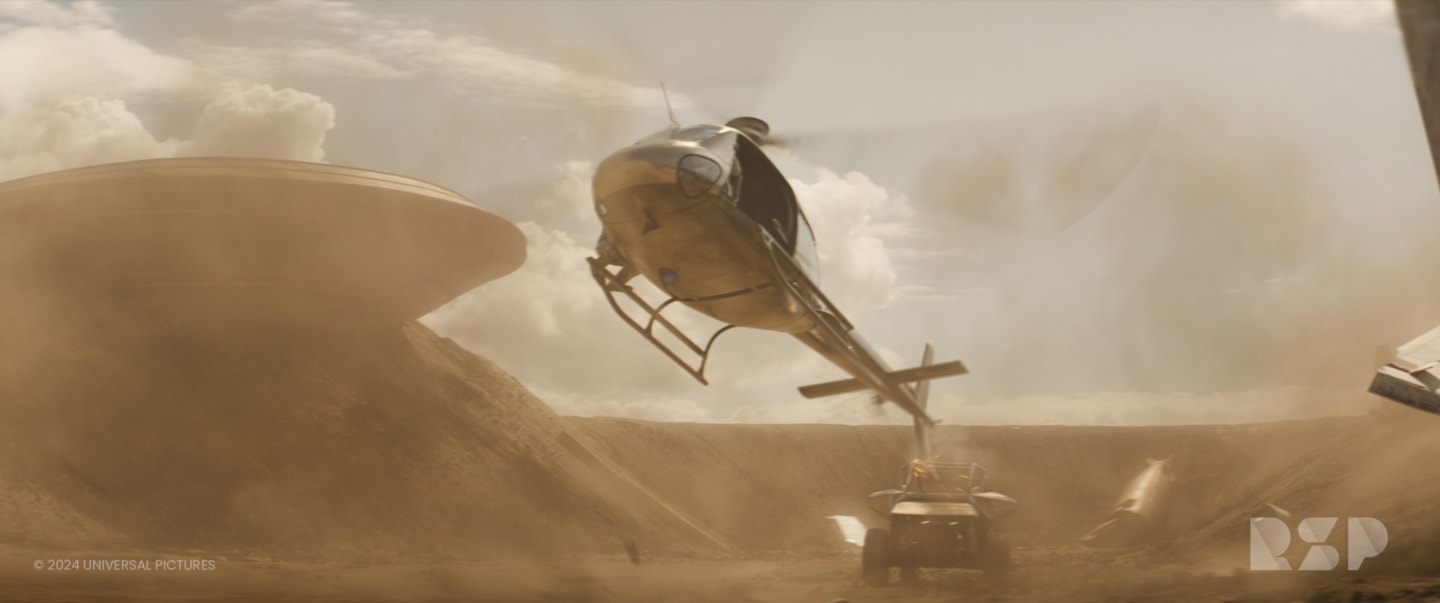
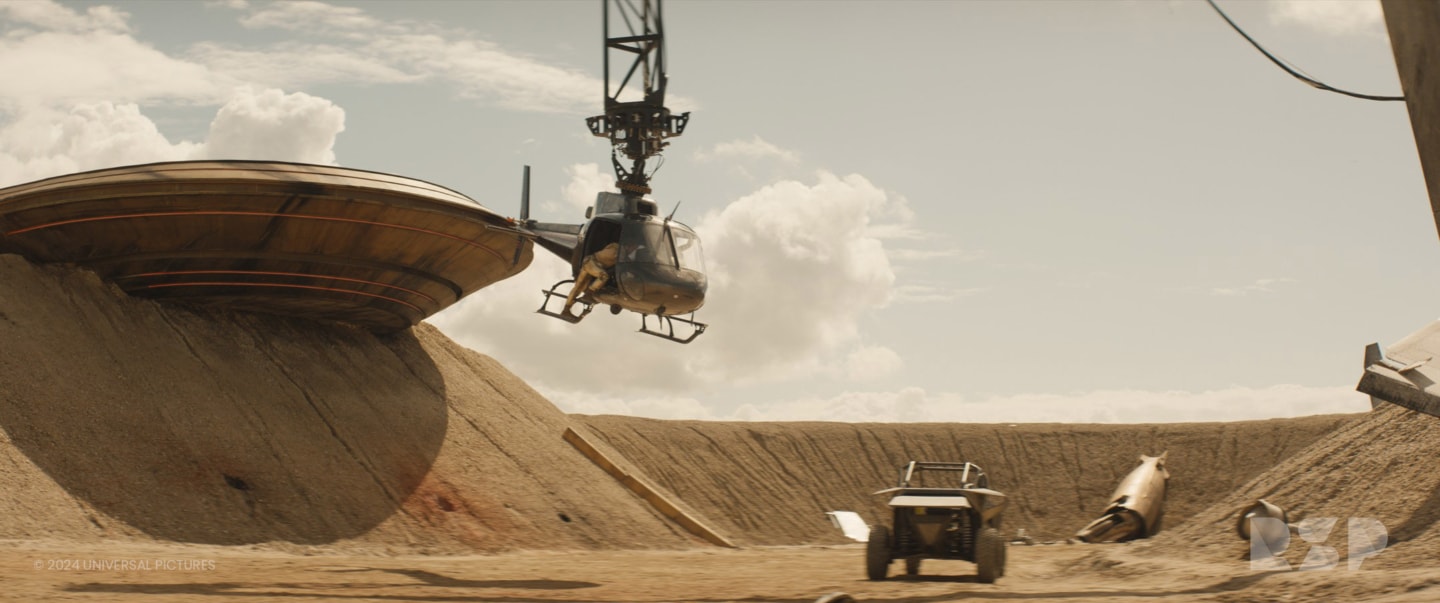
RSP’s team also responded to a request from the production to give the shot a wider perspective. “We knew immediately that we could do it,” Greig recalls. “We had our digital quarry, digital helicopter, and digital doubles. We were able to extrapolate from the narrow shot and make it wider while also adding background explosions. We didn’t create the shot; we simply took what was already there and delivered what the director wanted.”
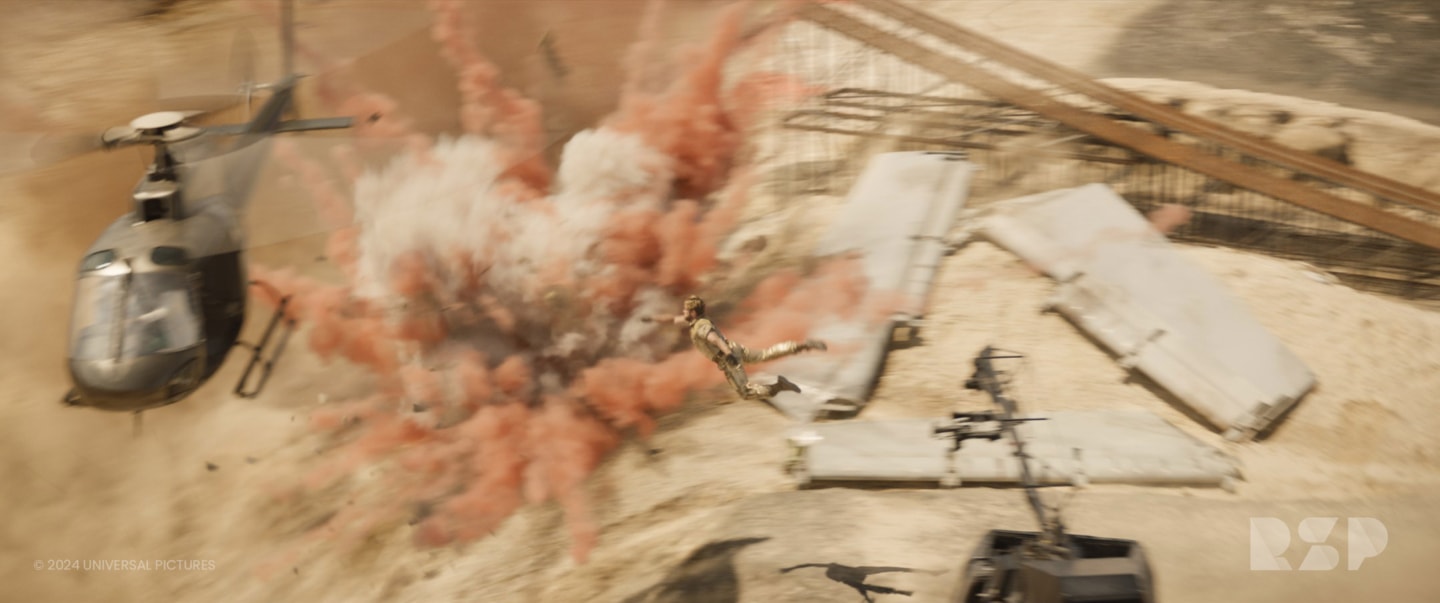
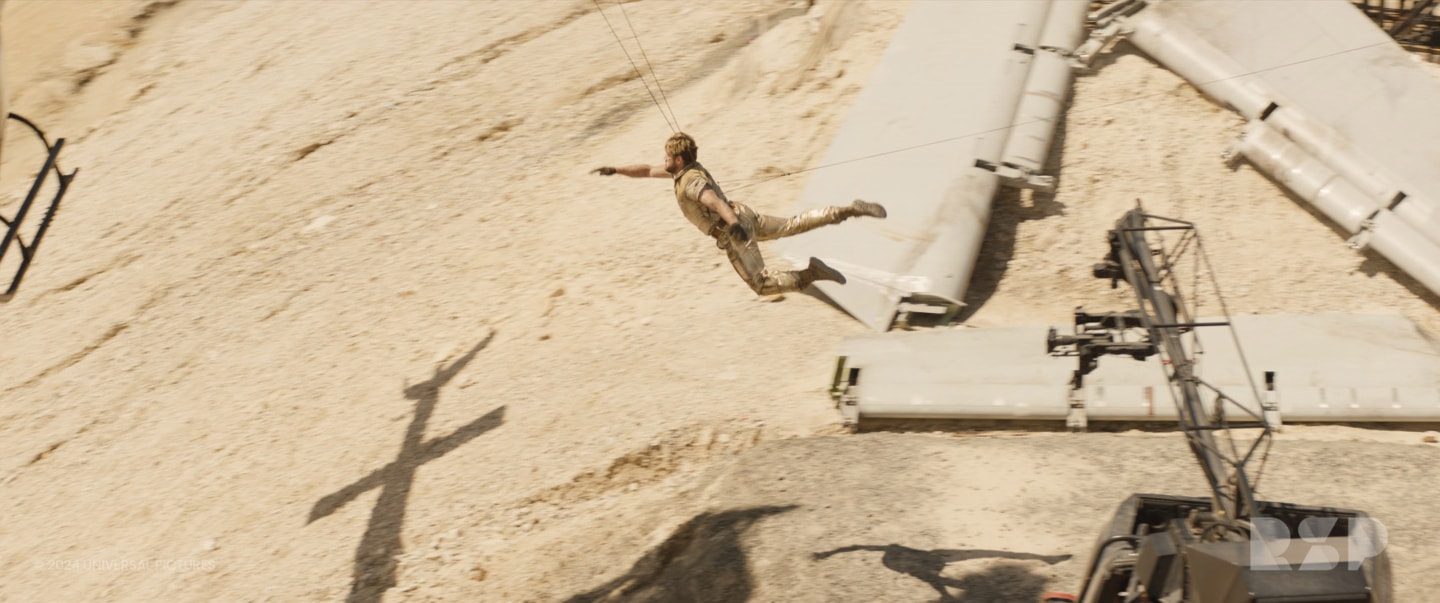
In another scene, the producer in the film ‘Gail Meyer’ says a line that the director wanted to change. Instead of a reshoot, RSP’s REVIZE™ technology—a fusion of machine learning and artistic approaches—was utilised. The result is Gail delivering a different line seamlessly. The studio also applied this technology to creating amazingly lifelike digital doubles and face swaps.
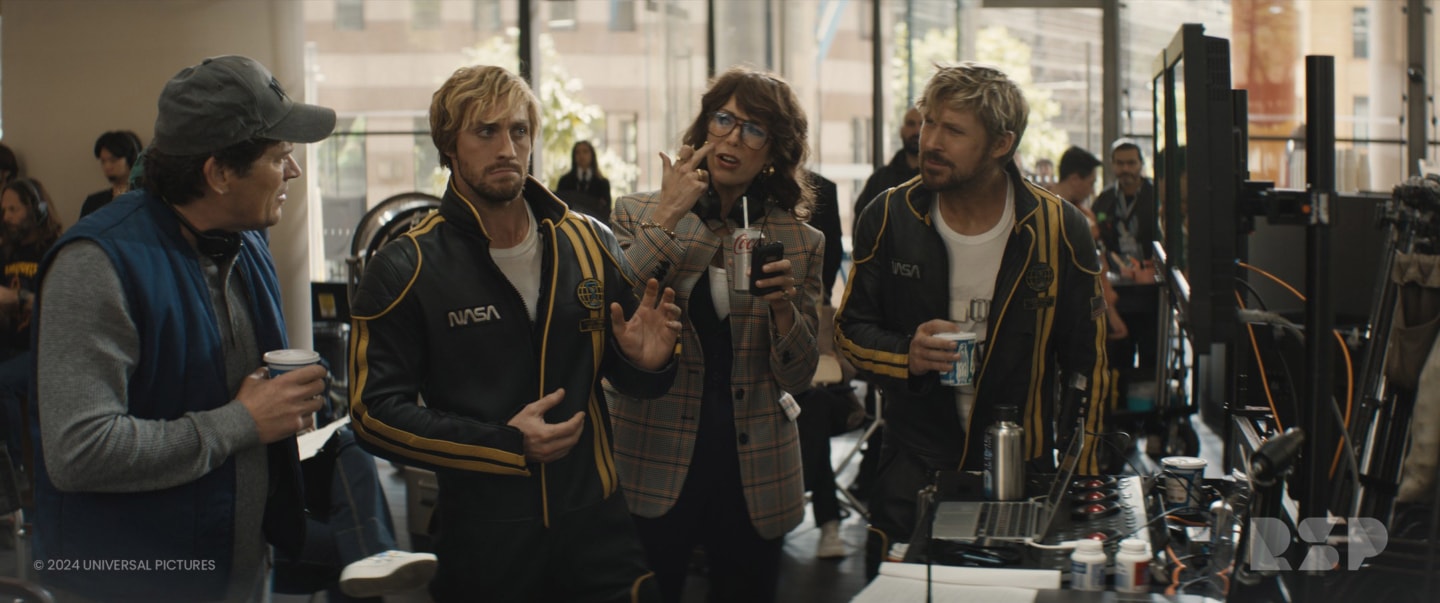
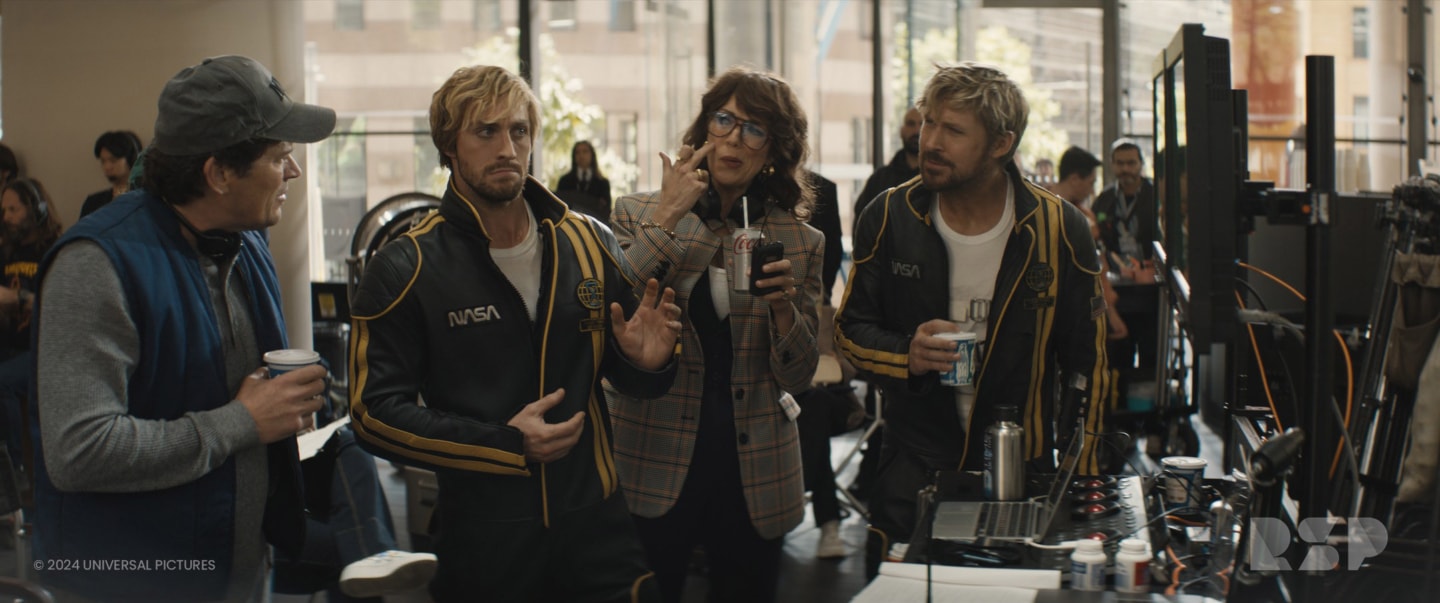
RSP produced a charming bit of character animation as CG artists created a unicorn imagined by a drugged Colt.
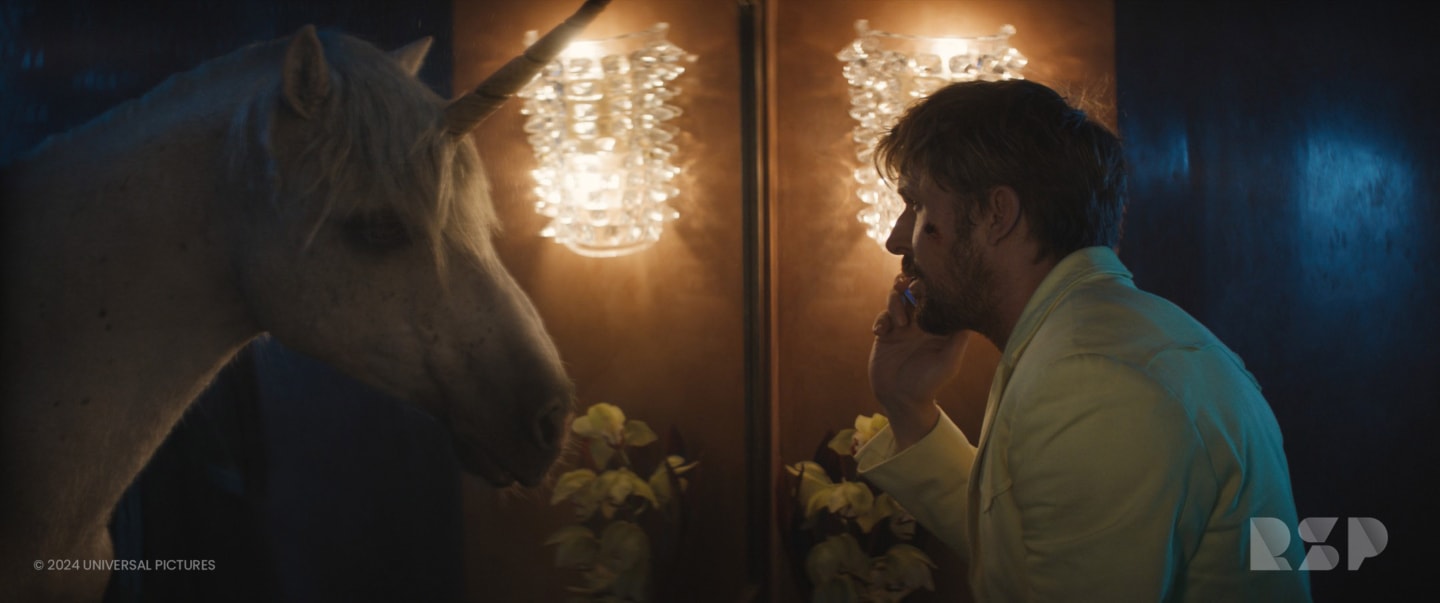
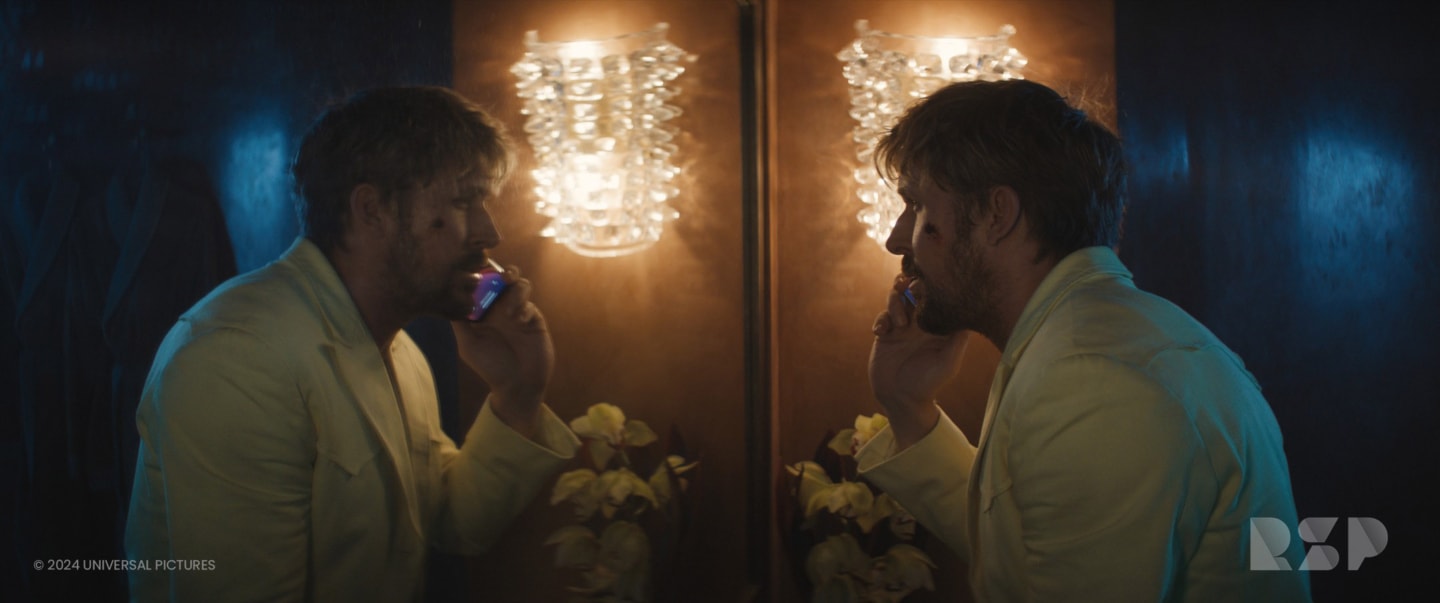
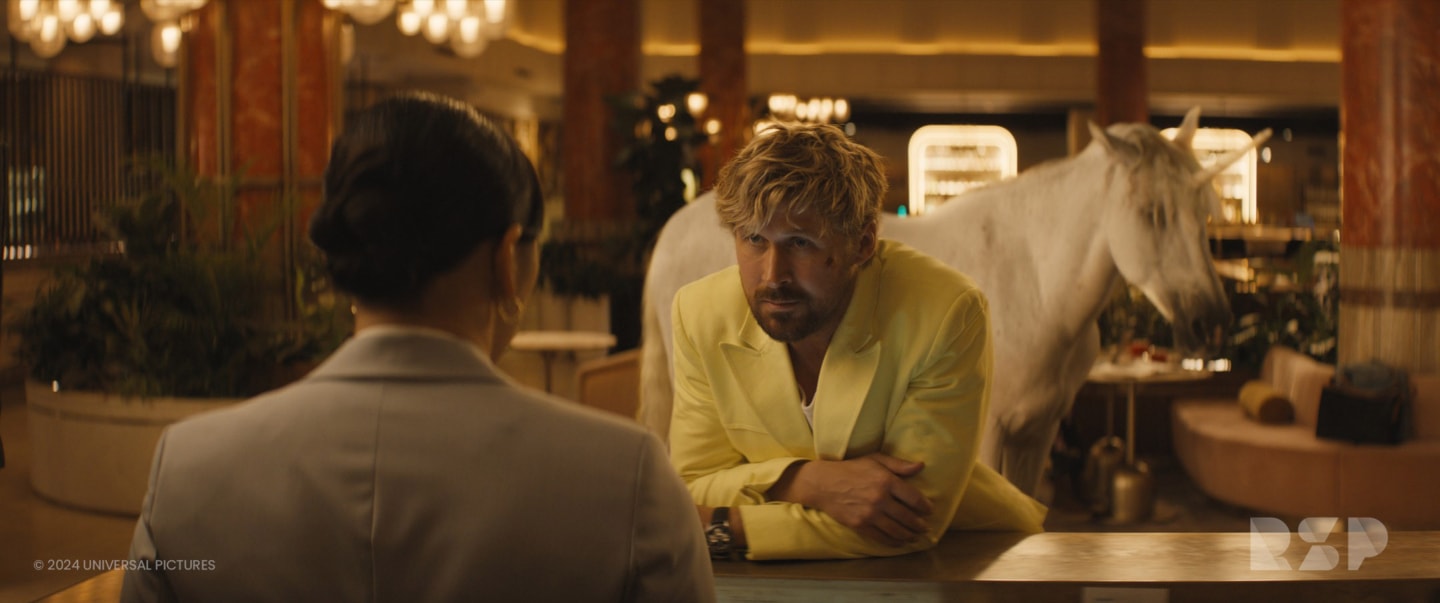
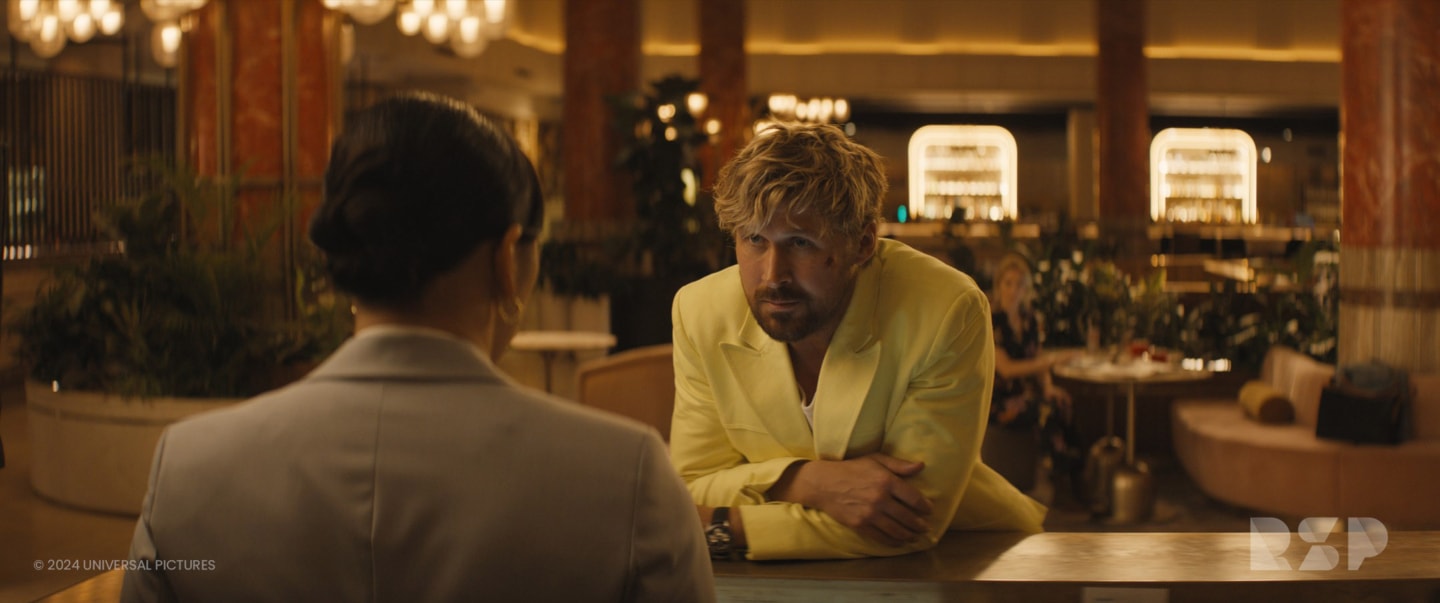
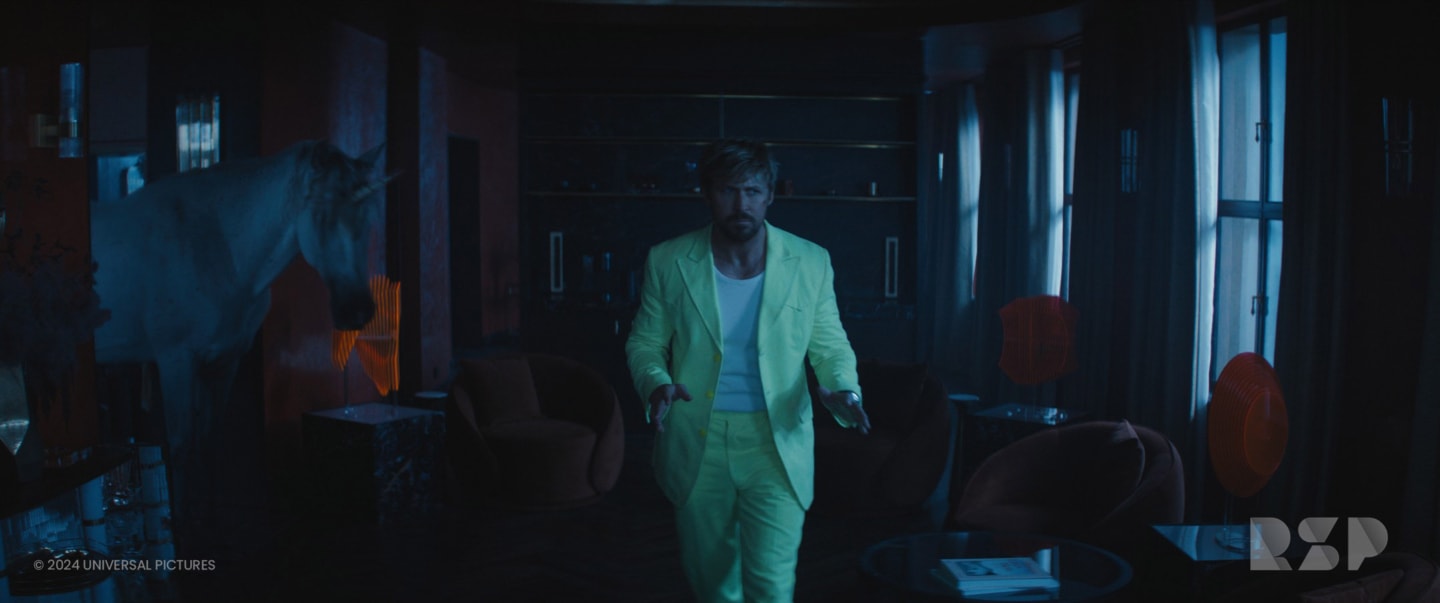
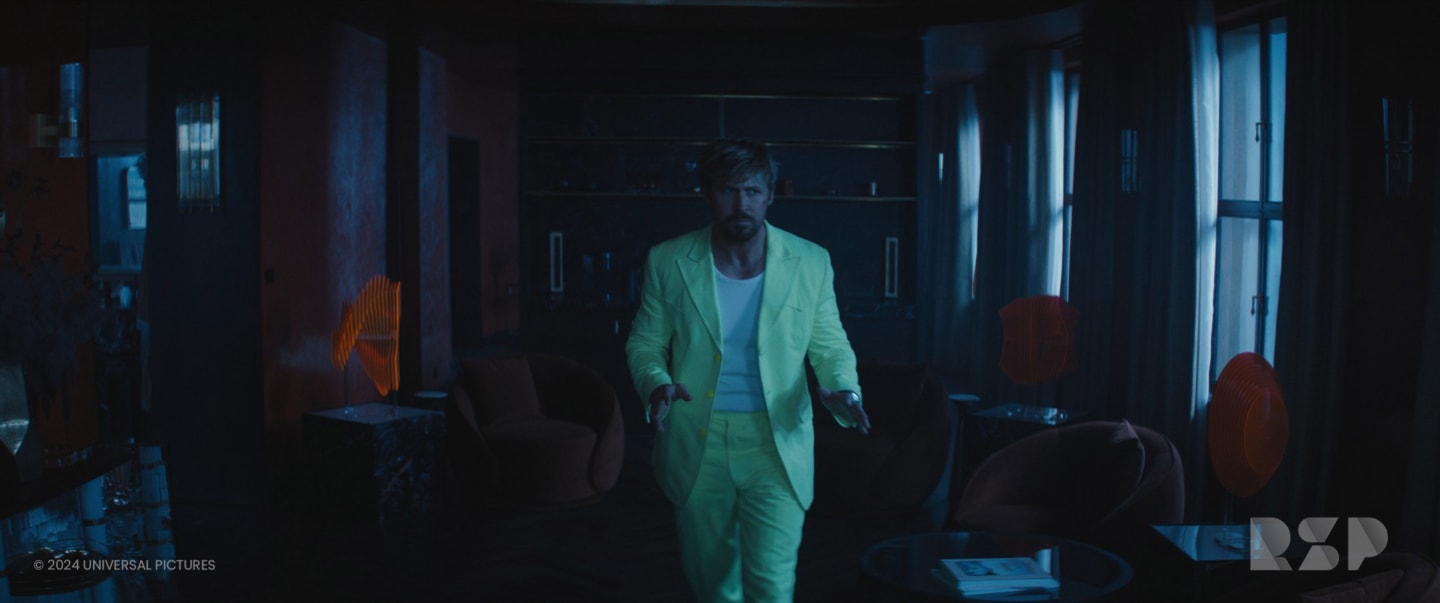
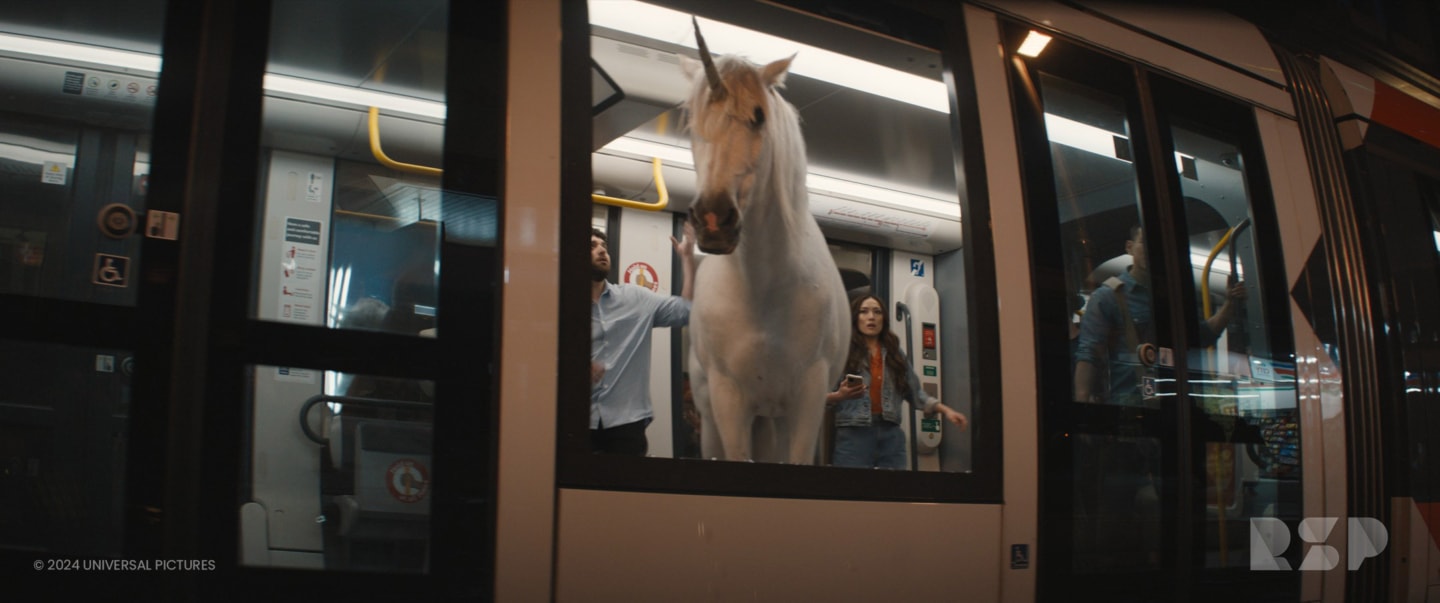
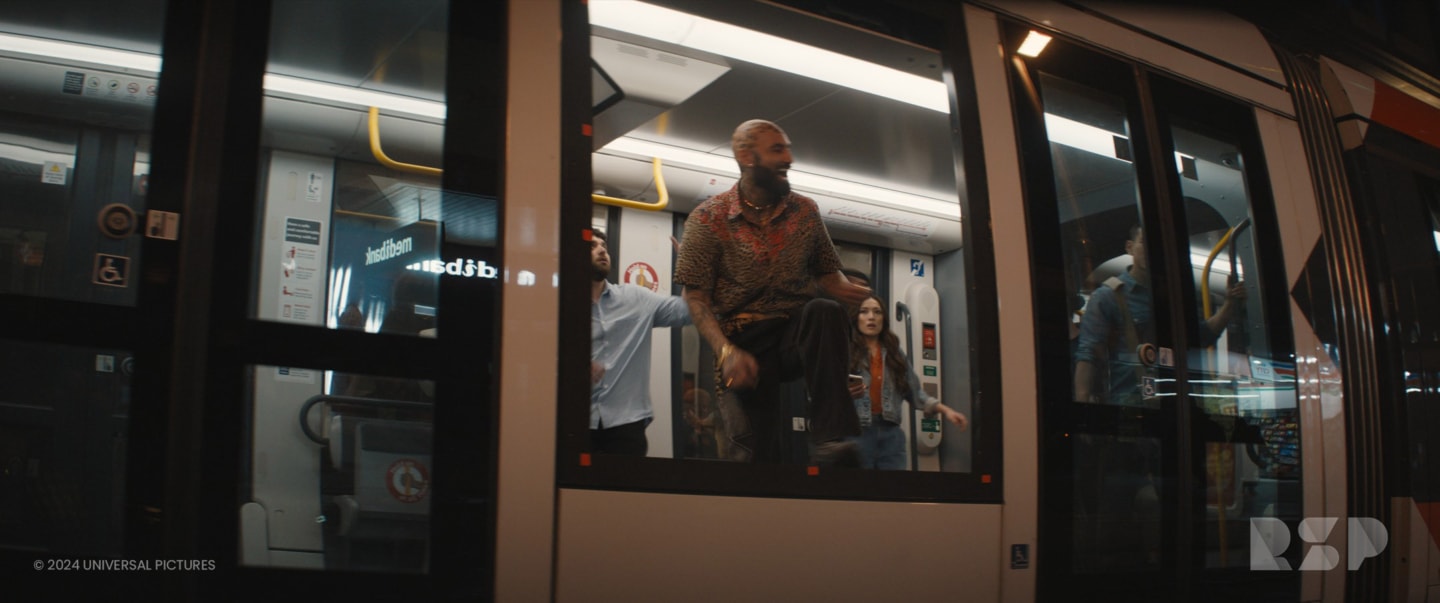
The project spanned nine months, but Outen says the time flew by. “We loved the show,” he insists. “everyone was invested in delivering seamless result and enjoyed the work. We had a great team and a great client, the best of both worlds…epic.”
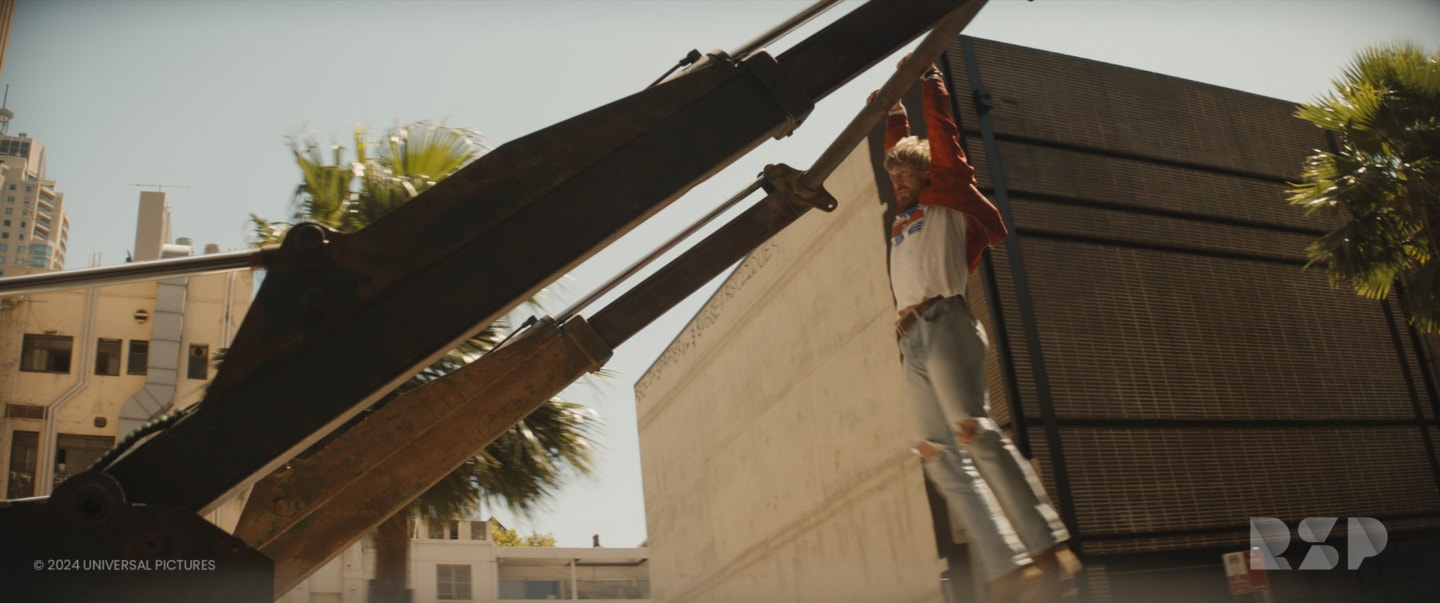
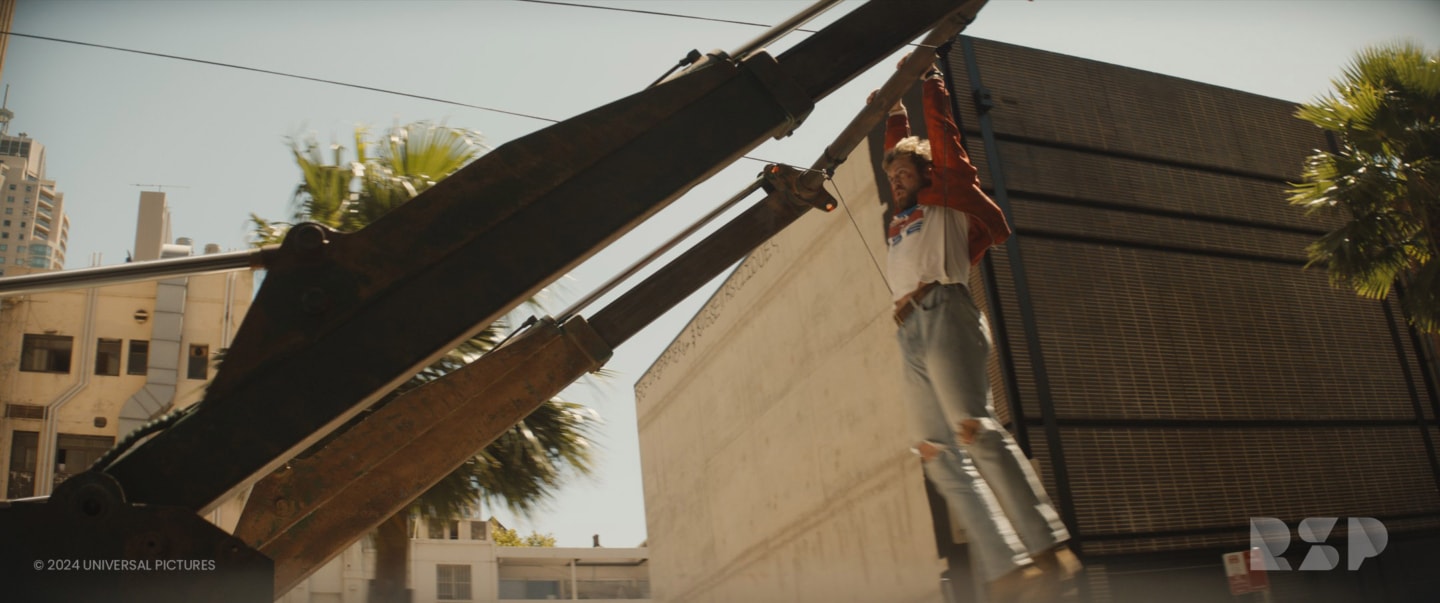
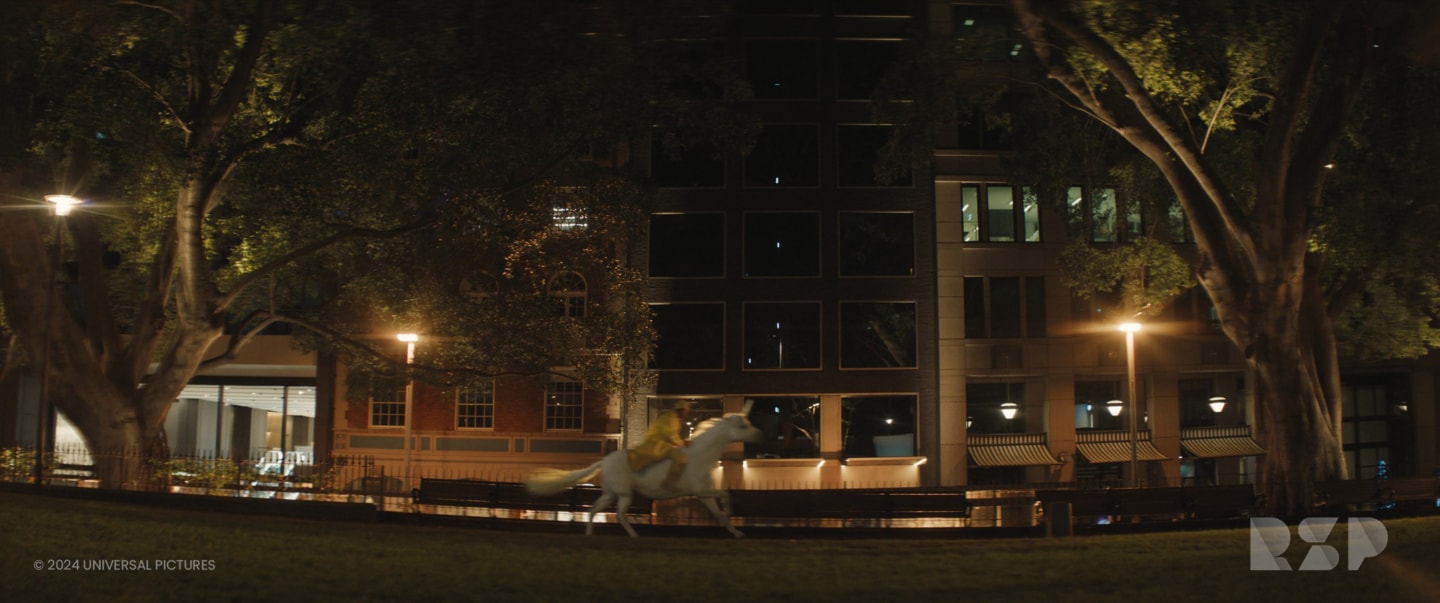
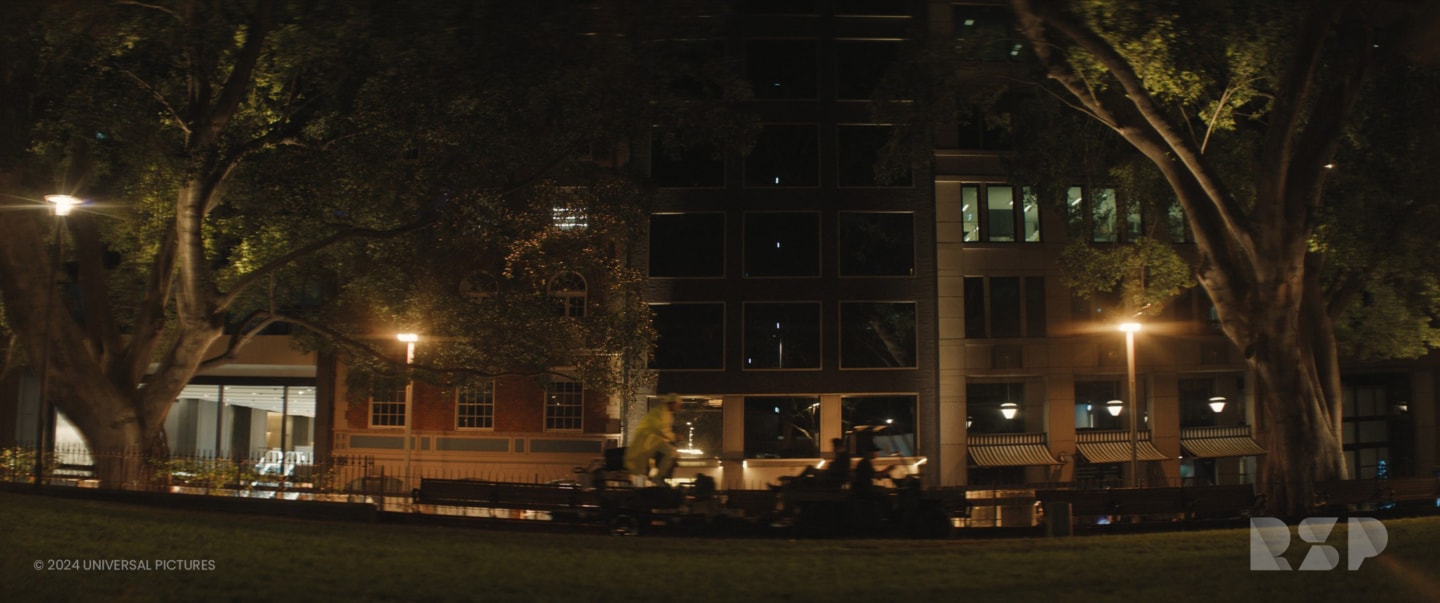
“It was exciting,” agrees Copp. “We are big fans of David Leitch. As always, there were challenges, but it came together beautifully, and we delivered our shots on time. Another great show.”
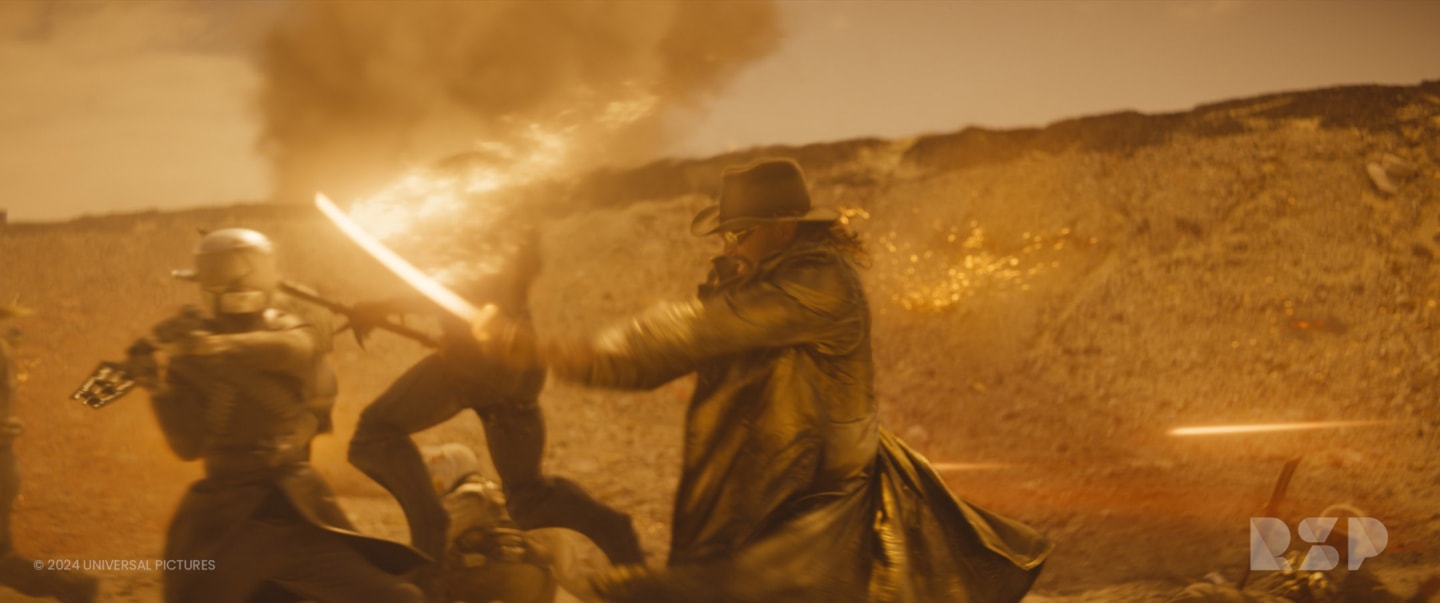
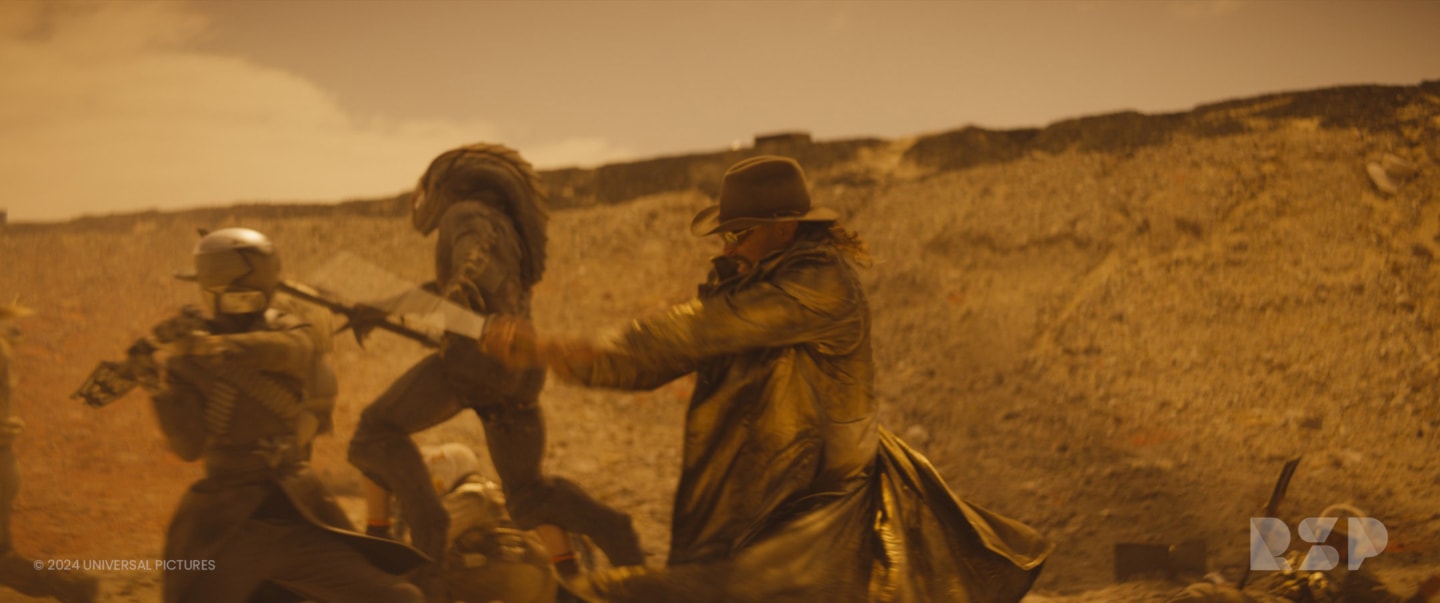
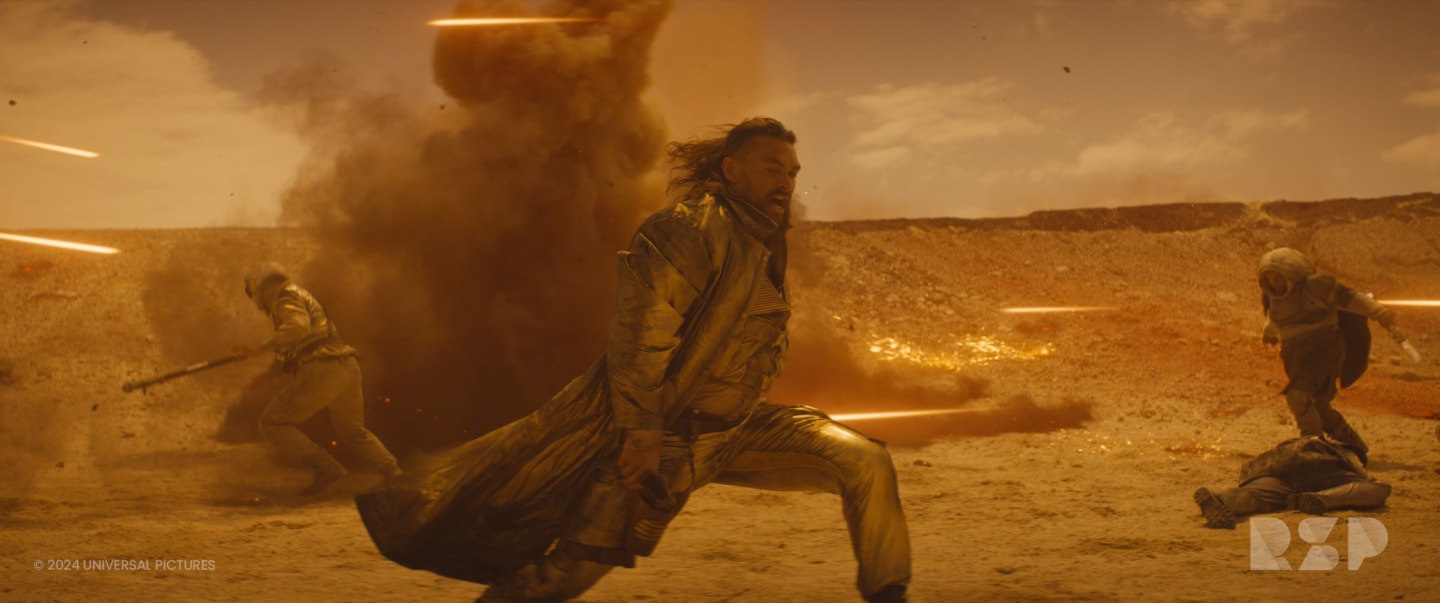
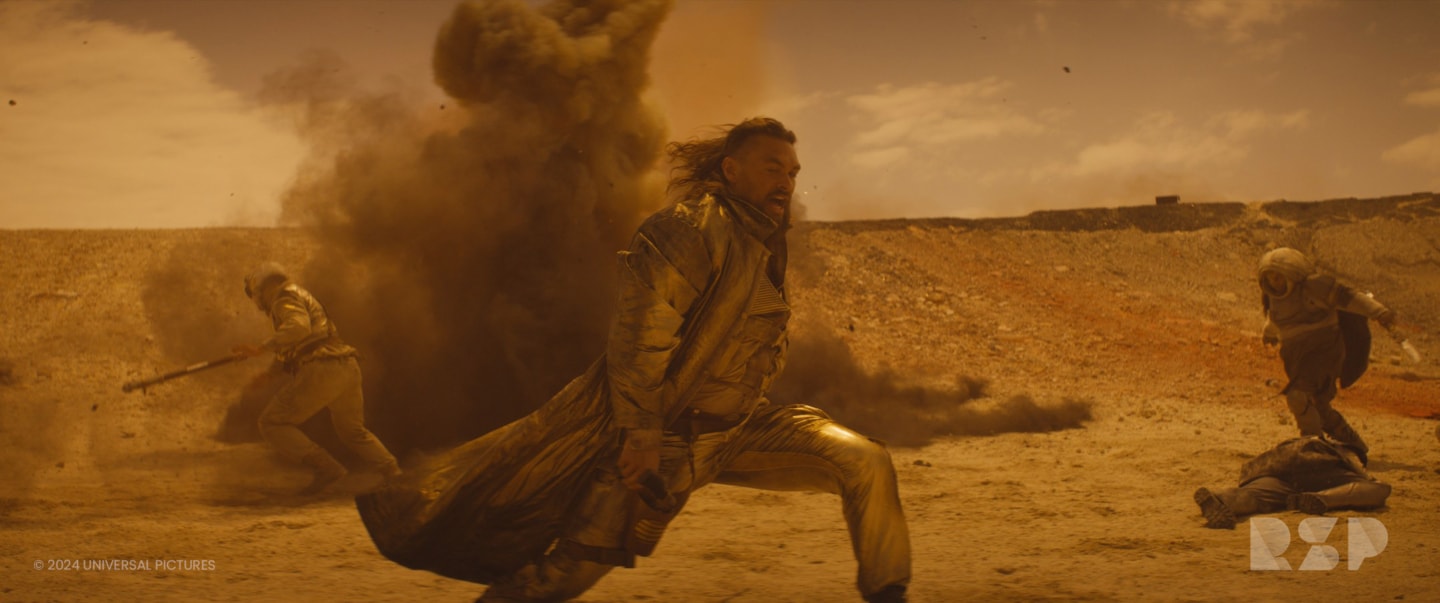
CREDITS + CREW
DIRECTOR
OVERALL VFX SUPERVISOR
MATT SLOAN
OVERALL VFX PRODUCER
CHRIS McCLINTOCk
RSP VFX SUPERVISOR
MATT GREIG
RSP VFX EXECUTIVE PRODUCER
IAN COPE
RSP VFX PRODUCER
RACHEL COPP
RSP CREW
AALISHA
AASHKA SUNIL KAPASI
ADAM BEATTIE
ADAM PETTIGROVE
ADAM POTTER
ADITYA SISTU
ALAN WILLIAMSON
ALESSIA LUNETTA
ALEX FOX
ALEX JAMES
ALEX MEDDICK
ALEXANDRA GEORGE
ALPHY ANTO
AMY THO NGUYEN
ANASTASIA BULGAKOVA
ANDREW BURLES
ANDREW PALMER
ANDREW RUTHERFORD
ANDREW WILLIAMS
ANIL REDDY CH
ANNA HODGE
ANNIE PAYNE
ANTHONY WINTER
ARPIT GARG
ARUN RAJ KUMAR M
ASHLEIGH WHITE
ATHUL MATHEW BENJAMIN
BARBARA VALENTE
BASTIAN ALEXANDER PETJAK
BATAILLE ZI-JIAN FOO-BRADY
BEN PASCHKE
BEN WARD
BENJAMIN TAN
BRADLEY PEACOCK
BREE WHITFORD-SMITH
BRIDGET DINNING
BRODIE MCCROSSIN
CALLUM GEE
CALLUM REYNOLDS
CHANTAL VAN ROOYEN
CHARLES KIM
CONNOR SULLIVAN
CRAIG BAXTER
CRAIG FIELD
CRYSTEL NEWMAN
DAKSHDEEP SINGH
DAN JONES
DAN WILLS
DANAE LOWE
DANIEL CARLIN
DANIEL GOODWIN
DANIEL VELIKOV
DANIELLE CARDELLA
DARIA KOZLOVA
DAVE ARSCOTT
DAVID CAUNCE
DAVID GURREA HERNANDEZ
DAVID OZOLS
DILEN SHAH
DMITRY VINOGRADOV
DÖMÖTÖR KŐVÁGÓ
DYLAN SHAW
ELYSHA DEKKER
EMMA SULLIVAN
ENDIY LOH
ESTEFANIA GARCIA
ESWARAN MATHIYAZAKAN
FELIPE BASSI
FERNANDO FERRER WALLACH
GABRIELLE PEHLIVANIDES
GABY VILLAR
GARETH ERIKSSON
GEORGE MANOLACHE
GEORGIE BROWN
GEORGINA KARATASSAS
GLEN CHRISTIE
GREG WIEDER
HANNAH-MARJUT MYLLYOJA
HAO TRUONG
HAZEL GOW
HEBERTH DAVID FERNEYNES
HODEI COSGAYA GARCIA
JACK LUKAC
JACKIE FO
JACKSON DE BROUGHE
JAKE BOTT
JAMES KHOU
JASMINE LEE MJ
JAYMES RUFFIN
JENNIE ZEIHER
JESS BURNHEIM
JESS CAIRE
JESSICA LIN
JOEL BRADFIELD
JOHANNES GROSS
JOHN BASTIAN
JOHN MCGUIRE
JONATHAN CORFITSEN
JORDAN GALPIN
JOSE VIDES
JOSHUA FARRUGIA
JOSHUA RUGGIERO
JOSHUA TAYLOR
JULIETTE CHRISTIE
KAI-BIN WONG
KAMIL SALEM
KATIE MCCABE-SORTINI
KAYLEE BODEN
KERRIE MOSS
KRANTHI KUMAR K
KRISTIAN LATELLA
KUMAR VIKAS
KURT DEBENS
LALIT DESAI
LEO EVERSHED
LIAM WHITEHOUSE
LOUIS CIANCIULLO
MACKENZIE FLAY
MALOU BRYAN
MANGESH KRISHNA GOSAVI
MARCO SALVATORI
MARIANE TOSTES
MARK HONER
MATAYO MOSHI
MATTHEW DOREY
MATTHEW SHAW
MATTIA MARCECA
MAX KERR-HISLOP
MAX WESTER
MIKE RING
MITCHELL KEHN
MITRA SALEHI
MUKESH GOPAL JOSHI
NICHOLAS CENTOFANTI
PARIS DOWNES
PATRICK NAGLE
PAUL SUEL SOBOLEWSKI
PAUL TAYLOR
PAWAN GHODKE
PETER KUMIC
PHIL BARRENGER
PHIL OUTEN
PRAKASH SARASWATI
PRATIK K PAITHANKAR
PRIN PUYAKUL
PURVA SHAH
RAFAEL VILLAR JOINER
RAGHUNATH MAHENDRAKAR
RAJBIR SINGH DHALLA
RENEE MARSLAND
RENGANATH K
RICHARD ALEC COLLIS
RICHARD SAADE
RINKI RAI
ROBERT BEVERIDGE
ROSELYN TAY
SAM ASHFORD-ROWE
SARA SAVI
SARAH ARISTIZABAL RAMOS
SARAH BENEKE
SARAH BOND
SCOTT BULEY
SHANE BERRY
SHAUN HIBBERT
SHENG YAW LIM
SIMON WALSH
SOGO IWAI
SOPHIE ELDER
STEPH CREEK
STEVE MCGEE
STEVEN CRONIN
SUJIT JAIN
SUNIL SAINI
TAYA NICHOLAS
THOMAS BAXTER
THOMAS CANT
THOMAS GEORGE
THOMAS ROWNTREE
TOE KYAW HTET
TOM MALCOLM
TONY CLARK
TROY TOBIN
VANESSA WILLIAMS
VAUGHN WHITE
VICTOR GLUSHCHENKO
VICTOR RIBEIRO
VINCE BUFALINO
WENDY NETHERCOTT
YOGESH P BADHE
ZACCHARY PUCKERIDGE
ZHIYONG LIU
